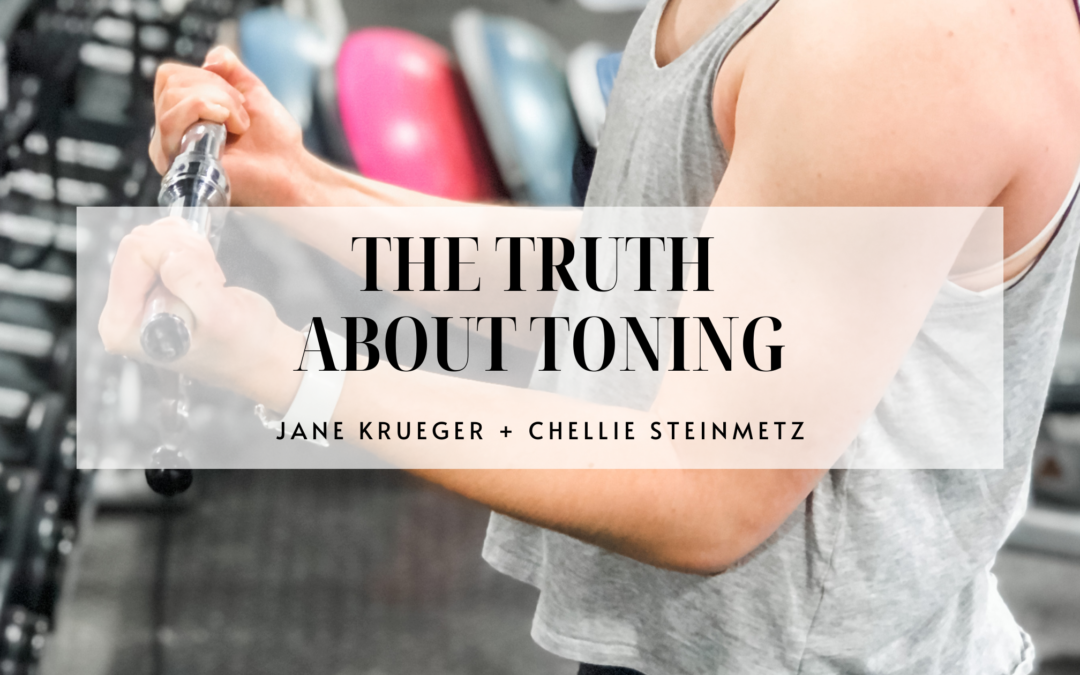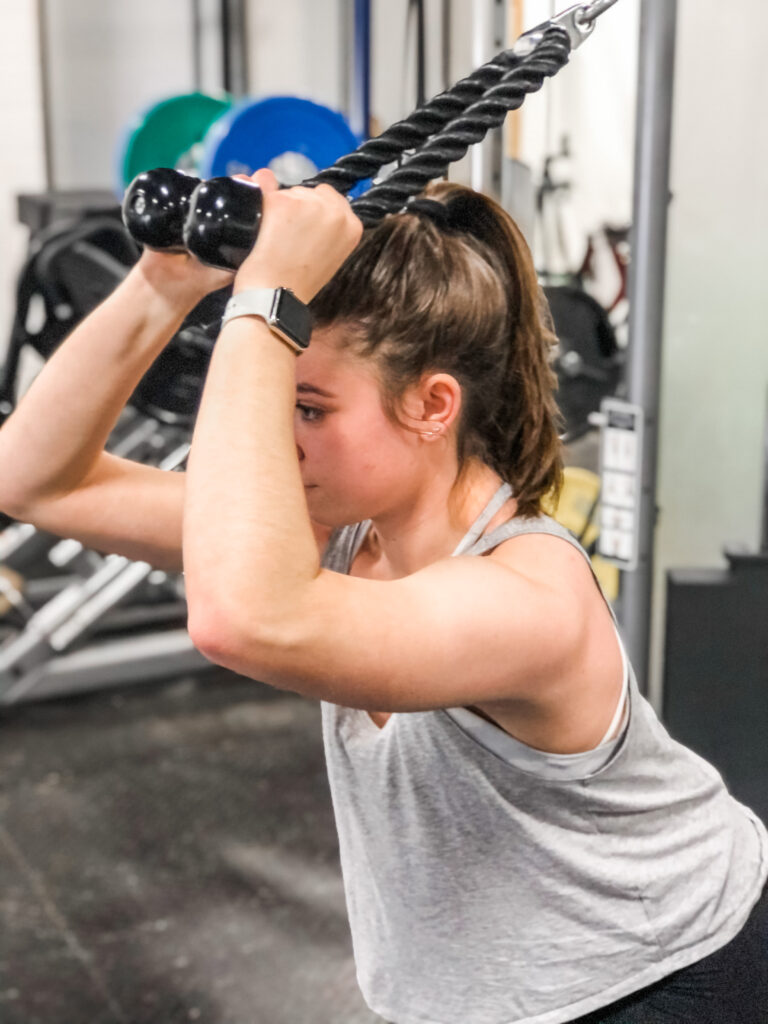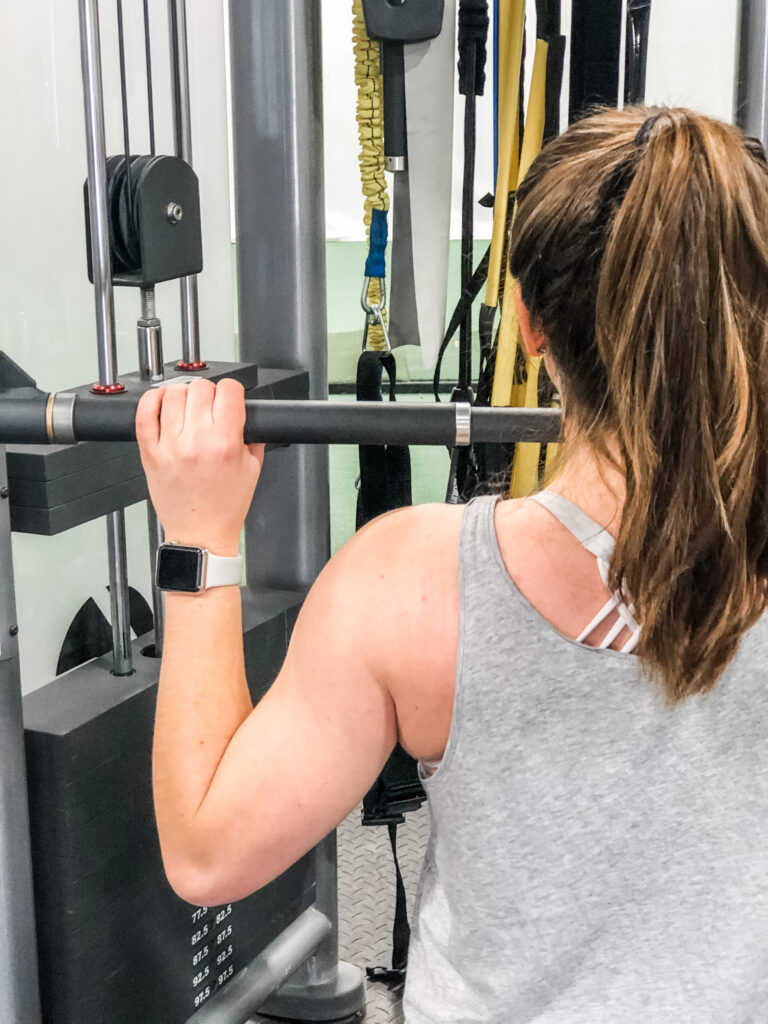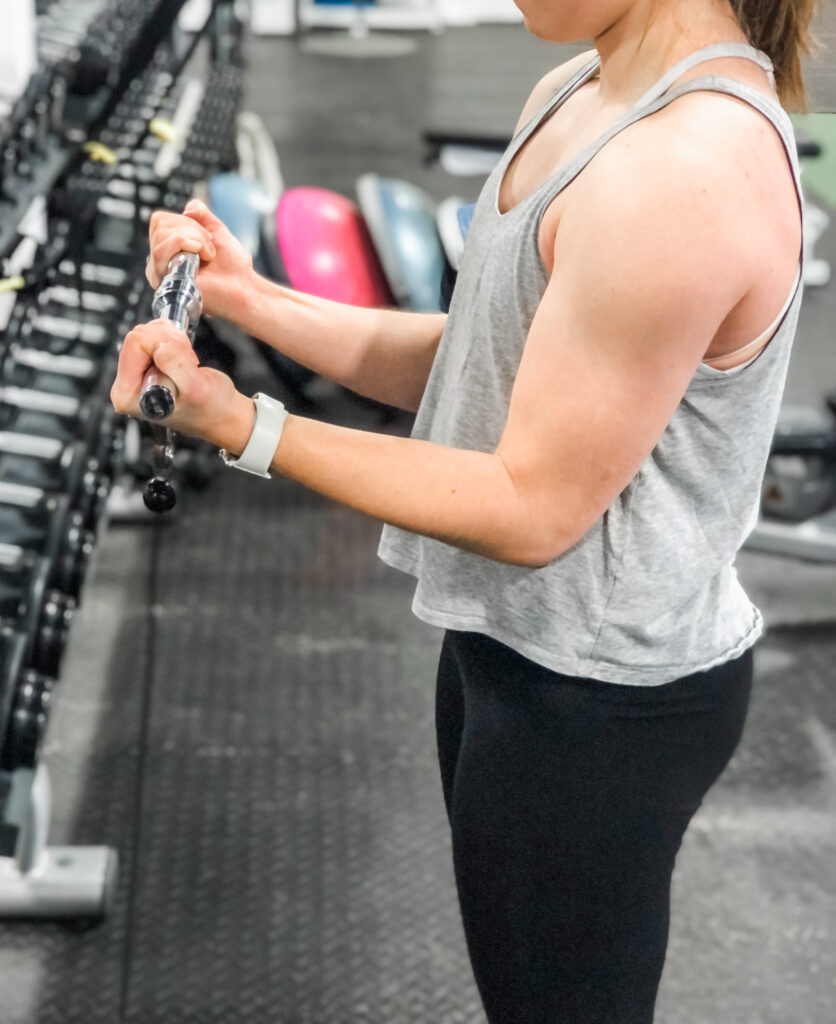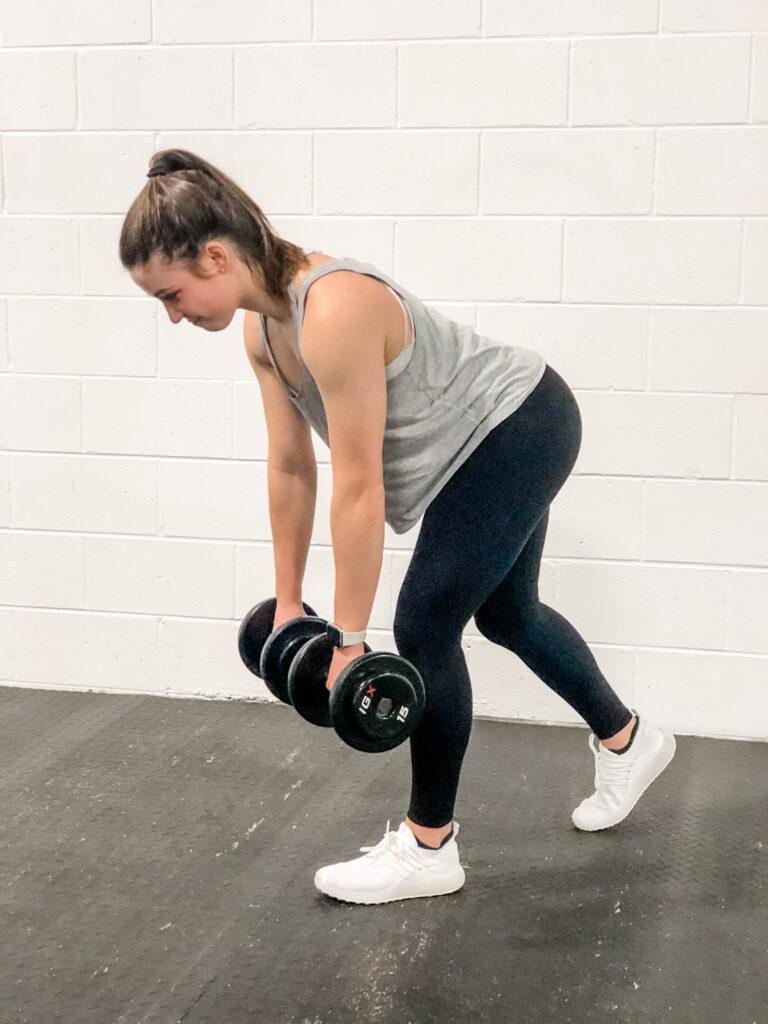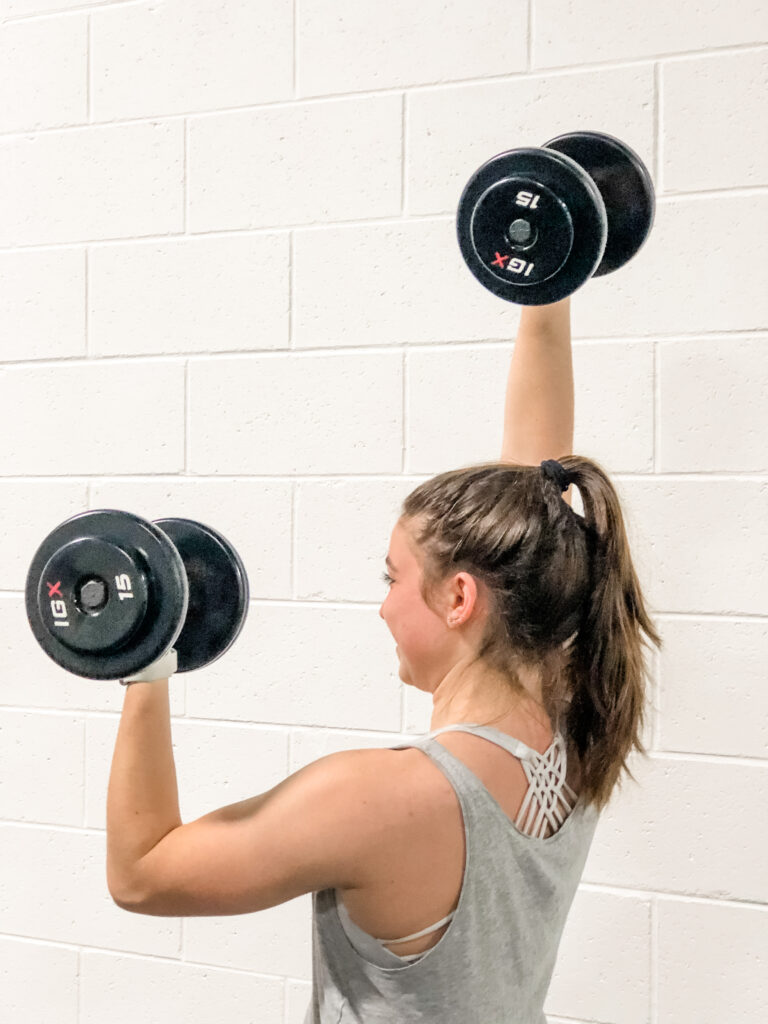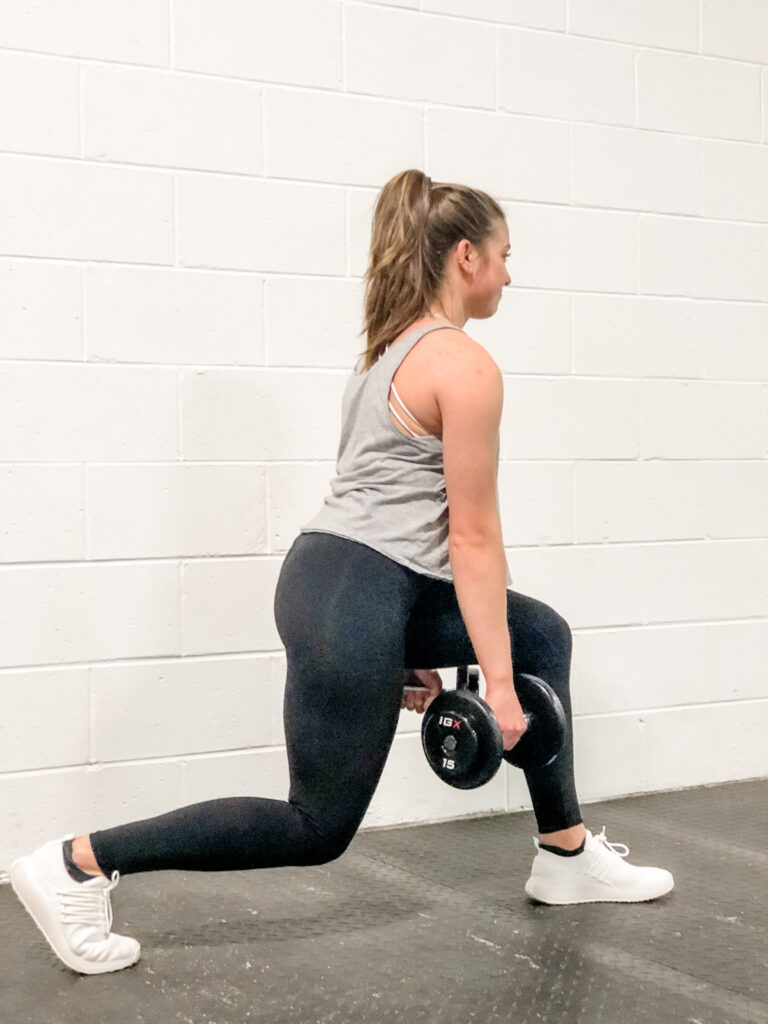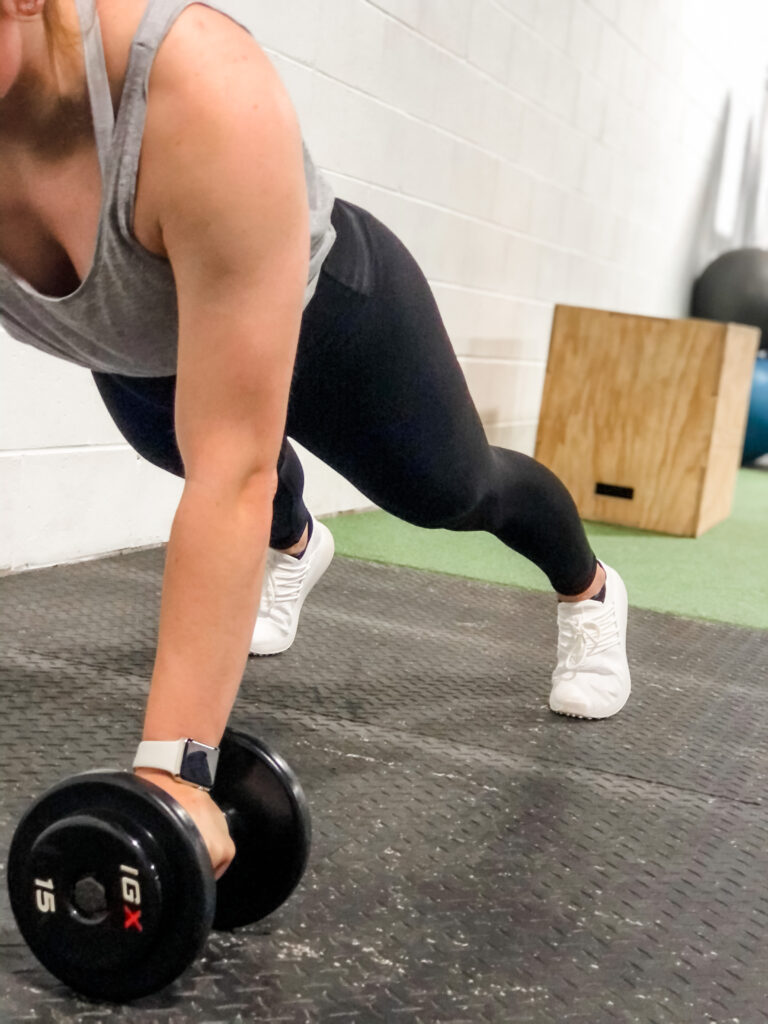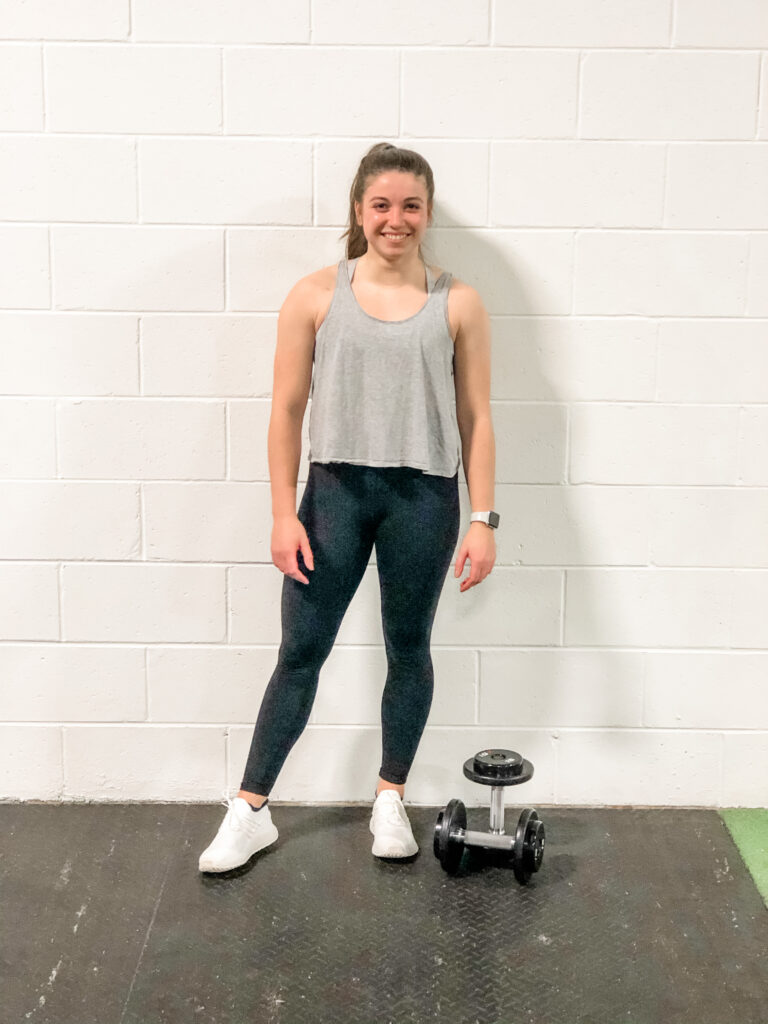Everyone has a favorite muscle group to train. For me it is my glutes and hamstrings. I think thats pretty normal because I feel it is one of my strengths and what I feel most comfortable training. And honestly, who really likes to work on their weaknesses when they can focus on their strengths. *kidding*
Jokes aside, it’s very important to train your weaknesses, in the gym and in everyday life. Otherwise how would you ever grow or improve? So whether you love or hate to train your glutes and hamstrings there is something here for you. I am going to explain to you how they work together, what they do for your body as a whole and my favorite exercises. Of course there is a great workout at the bottom for you to use at your next gym session. I hope you love it!
Some of the links in my blog are commissionable links, which means I may make an income if you use them. There is no impact to you and your support of our blog and me is greatly appreciated.
GLUTES AND HAMSTRINGS
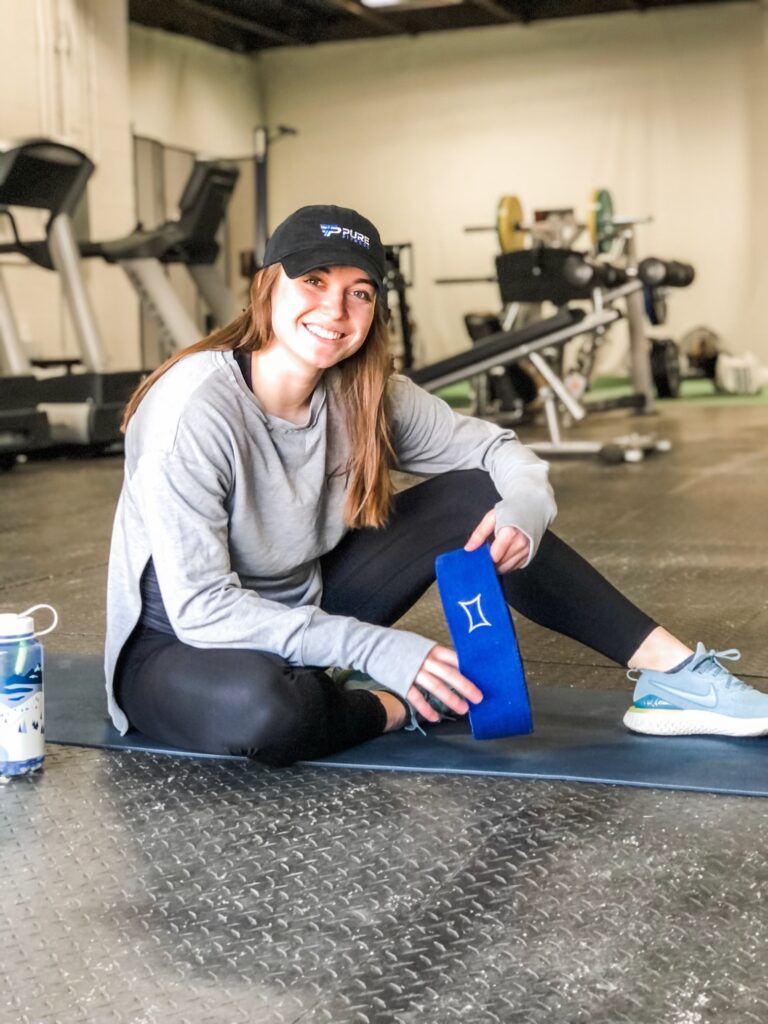
Let’s talk about what your glutes and hamstring do for you. Your glutes are made up of three muscles (maximus, medius, minimus) and act as extensors and external rotators at the hip. You should also note that the glutes and involved in abduction and adduction at the hip (think laterally raising your leg or squeezing your legs together) and the deeper muscles, not mentioned above, are heavily involved in hip stability. For the sake of this article I am really talking about the three larger, closer to the surface muscles.
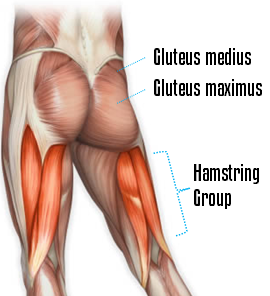 I run into a lot of clients who have difficulty activating their glutes which can lead to muscular imbalances (due to compensation) and tightness. Establishing a program that focuses on proper glute engagement, stability and then strength will allow you to achieve more. From allowing you to lift more weight, to running faster or longer, to daily tasks like cleaning and gardening.
I run into a lot of clients who have difficulty activating their glutes which can lead to muscular imbalances (due to compensation) and tightness. Establishing a program that focuses on proper glute engagement, stability and then strength will allow you to achieve more. From allowing you to lift more weight, to running faster or longer, to daily tasks like cleaning and gardening.
In the picture above I am holding one of my favorite tools for glute activation, the hip circle. It is great because no matter how often you do band walks, they will always be hard! It’s a great piece of equipment to have at home for quick and simple workouts, and it makes for a great warm up before a workout! I have my outfit linked below too!
Now, what about your hamstrings are also made up of three muscles (semitendinosus, semimembranosus, biceps femoris) on the posterior of your thigh. They control hip extension and knee flexion. You hamstrings are the most important stabilizer of your knee and play a significant role in walking, running and jumping.
Including exercises that specifically focus on your hamstrings is key to injury prevention. Many people have tight and weak hamstrings from sitting in a desk all day, which leads to people being quad dominance, knee pain and injury.
You can read more about the glutes and hamstrings in our Discover Series where we broke down different muscle groups.
THE IMPORTANCE OF CORE
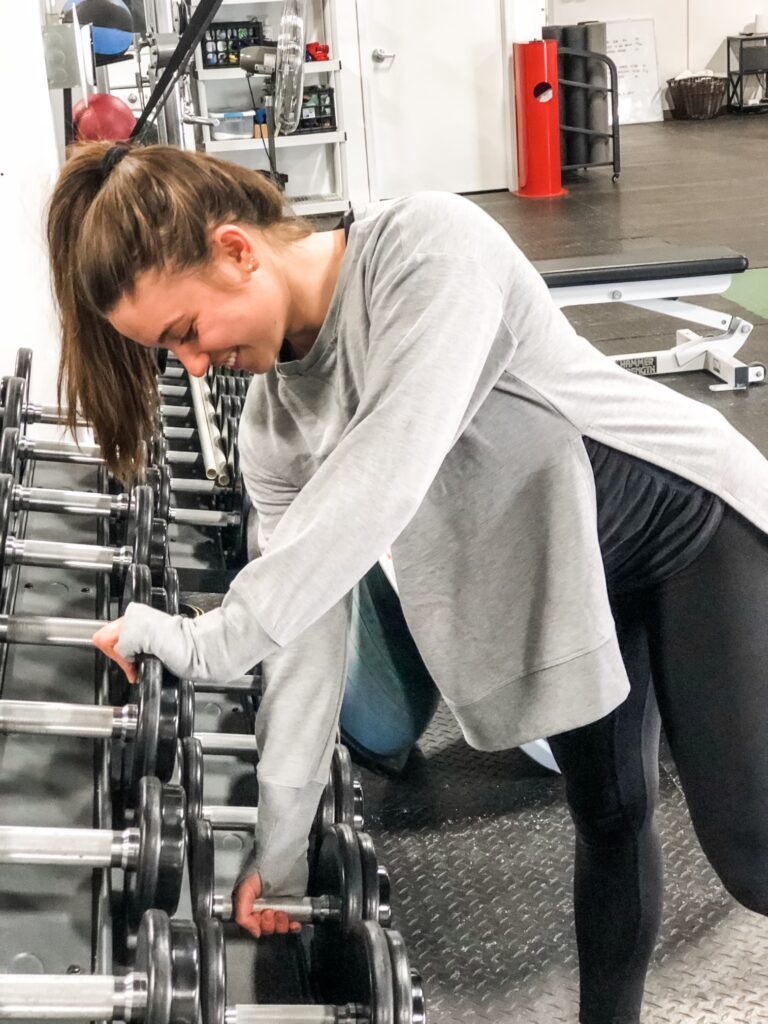
Your abdominal muscles are extremely important in life. But did you know that they are also connected to the function of your glutes and hamstrings. Your core is in the center of your kinetic chain and connects your upper and lower body. So when you think about having a strong lower body, specifically glutes and hamstrings, you have to consider your core as part of the equation.
Another bonus is that a strong core will help you in everything. It can help to decrease back pain and increase strength and stability in everyday movements. There is also a benefit in athletic performance to having a stronger core. In golf for example, the more power you can transfer from the lower body to the upper body the more distance you can put your swing. Read more about that in our article here.
You will see below, that I sprinkled in a little core work into each set. I did this because as I just explained, core is important, but also it is active rest for your legs in this situation. But a strong core is the main goal. So when doing the core exercise below make sure to keep constant core tension. This will help to keep you spine in a neutral spine position and decrease the chances of arching you back which commonly leads to low back pain.
MY GO TO GLUTE + HAMSTRING WORKOUT
If you are unsure of any of the exercises, there is a section at the bottom of the article where I explain the things to remember when doing the exercise and the muscles used.
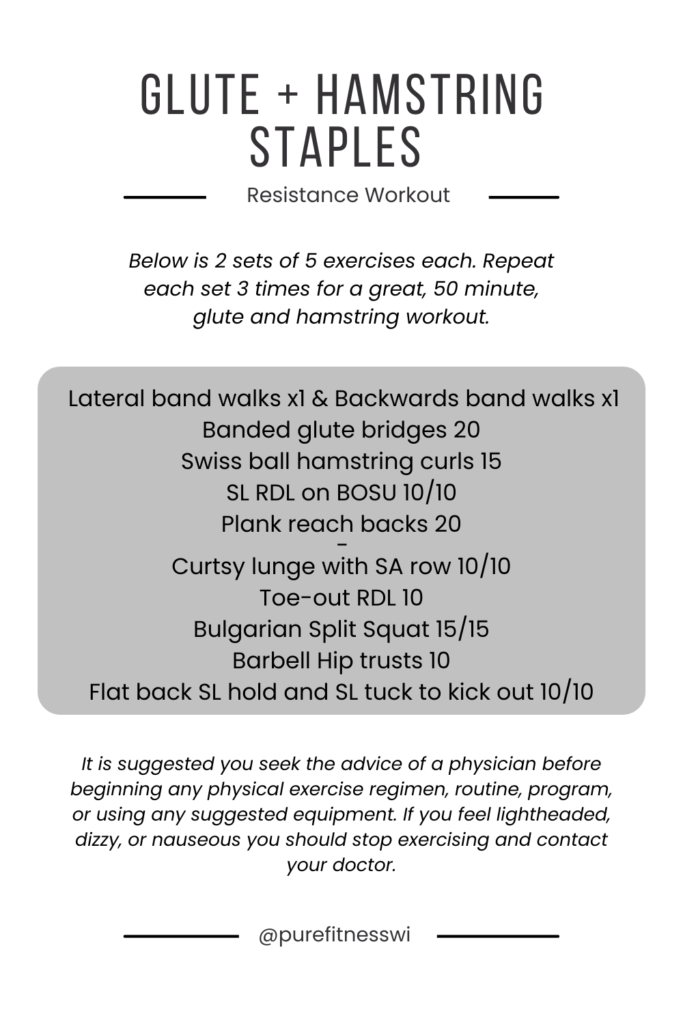
PERSONALIZING YOUR WORKOUT
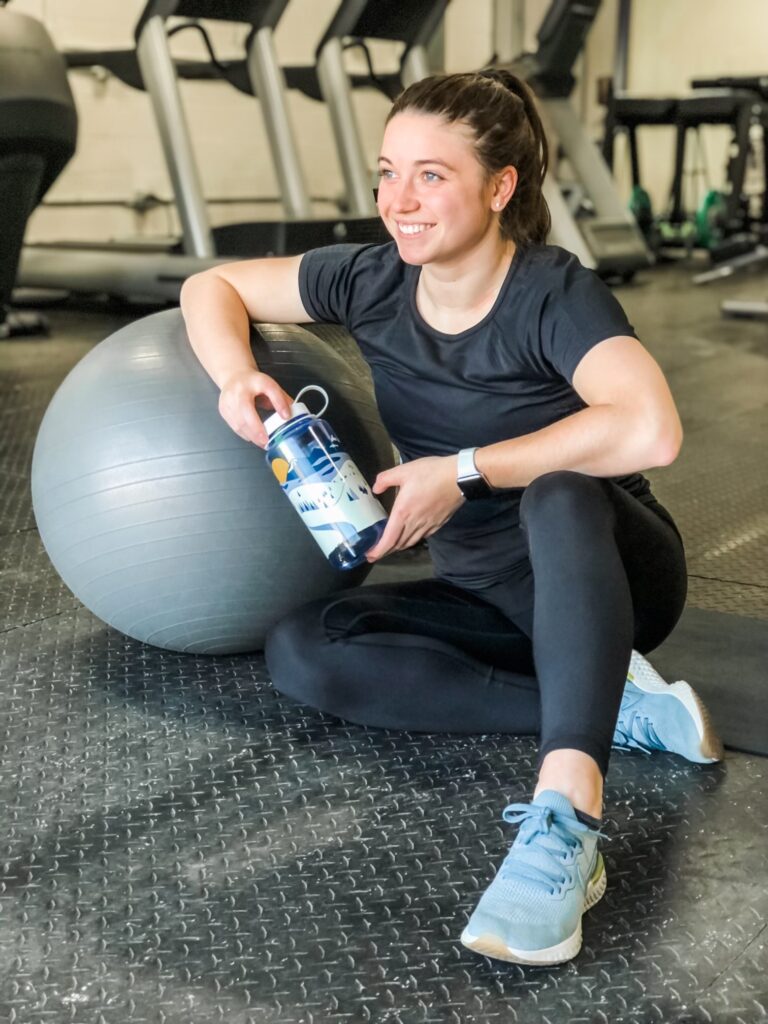
I prefer simple workouts that I don’t have to think about. So doing 3 rounds of the two circuits above is perfect for me!
As a personal trainer I am constantly adjusting exercises to meet my clients specific needs. This could be based on an orthopedic limitation, a personal goal, or to make the workout enjoyable for the client. I do this by changing the equipment used, changing the reps, or adding an additional set of core or cardio to the workout. And when I say cardio I do not mean running for miles at a time. I prefer to incorporate sprints, incline walking, or other heart rate based exercises. For more ideas check out my blog about how I like to do cardio!
Because this is a glute and hamstring work out, I would incorporate incline walking. Incline walking activates the calves, hamstrings and glutes so this will be a great way to increase the difficulty and fatigue of the workout!
I would do an interval pyramid workout or 1 min, 2 min, 3 min, 2 min, 1 min sections. Start by doing one set of the first group of exercises above. After those 5 exercises, hop on the treadmill at about 3 mph at an incline around 10% for 1 minute. Then do another set of the resistance exercises and after get on the treadmill again. Keep the speed and incline the same but walk for 2 minutes. After your third set of the first 5 exercises, you are doing three minutes on the treadmill. Then switch to the second set of exercises and walk 2 minutes between the first and second set, and 1 minute between the second and third set. Finish out the workout with stretching and/or foam rolling!
MY OUTFIT
RECOVERY
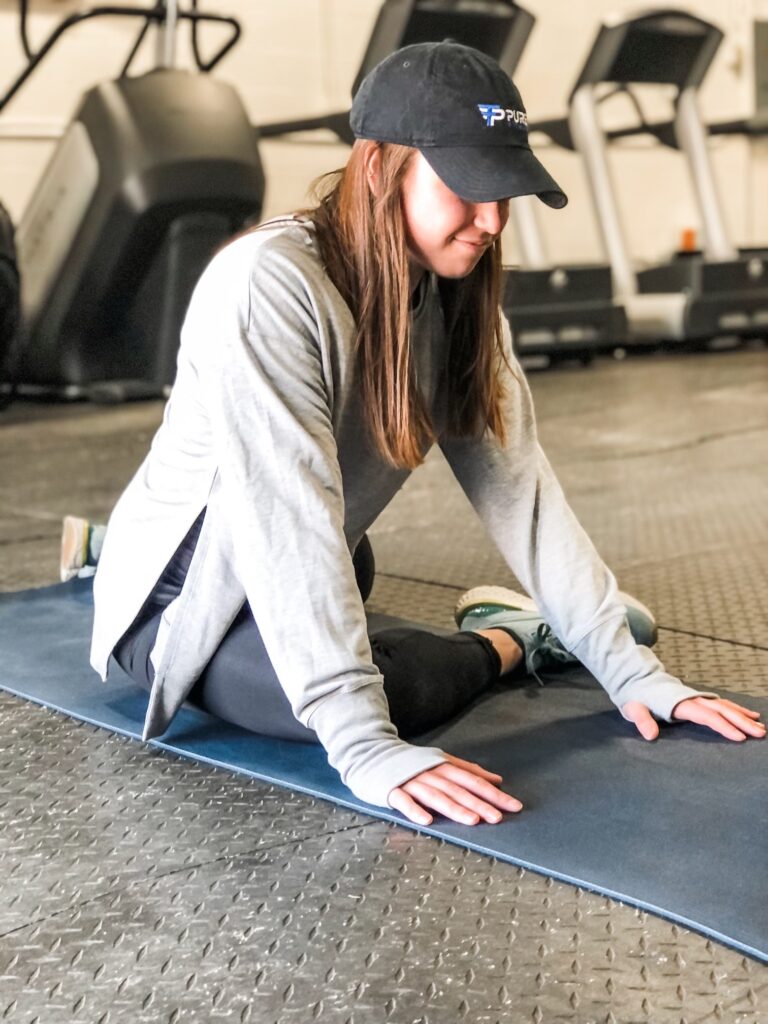
No matter what workout you do, make sure to take some time and stretch or foam roll after your workout! Taking five minutes after your workout to stretch will help improve recovery time, decreasing soreness and fatigue after your workouts.
If you have low back pain, tension in your shoulders, or tight hips you do not have to live with that pain. By stretching for 3 to 4 minutes a day, you can counter-act some of that wear and tear on your body. Which will help you to move better, feel better and sleep better.
Also make sure to properly fuel your body by hydrating and eating properly post workouts. And don’t forget that sleep is also impacting you and your workouts more that you probably realize. Sleep quality is connected to emotional stability and physical stability. Which means weight management and recovery. These both are connected to feeling better and reaching your goals.
Lastly, it is also important to talk about the relationship between stress and exercise. Exercising increases endorphins in the body, a natural pain killer, and decreases stress hormones. The change in these hormone levels will leave you happier and better equipped for your day post workout. Along with that exercise can give you a sense of control, a break from work or day to day stressors and can decrease risk of conditions like high blood pressure and high cholesterol.
EXERCISE DESCRIPTIONS
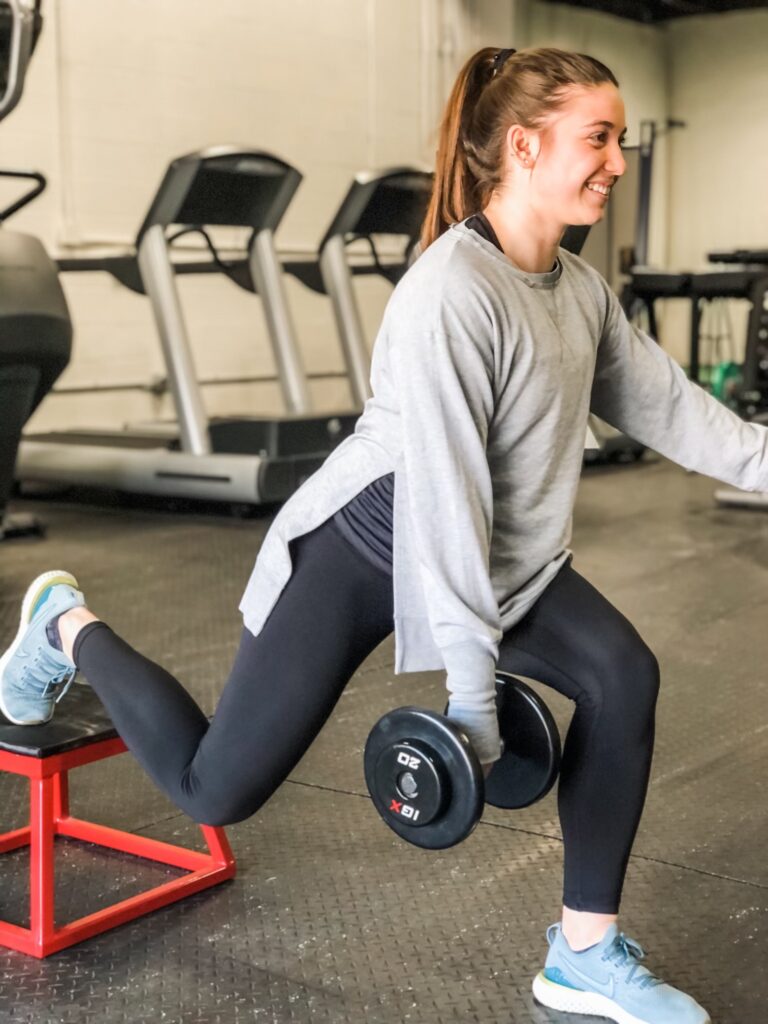
As I mentioned before I have descriptions of the exercises below. Take a minute to read them, you will pick up something new to apply. And read Chellie’s article on 5 technique tips to get more out of your workout!
Lateral band walks & Backward band walks
Band walks are a must have in every glute workout. Place the hip circle above your knee and sit back into your glutes. You should mainly feel your glutes firing and that make extend into your quads or hamstrings slightly. Personally, I am very quad dominant so I prefer to do all backwards band walks, rather than forwards and backwards, to only fire my glutes. So thats why I have programed that for you today.
Banded glute bridges
Glute bridges are hip extension, which is preformed by the glutes, and the band increases the load on the glutes. Keep that hip circle right above your knees and place your feet on the ground near your butt. Keep tension on the band and you drive your hips into the air, and keep your core engaged so you don’t extend through your back as you get fatigued.
Swiss Ball hamstring curls
The instability provided by the swiss ball requires the muscles to activate in the extension and flexion of the movement. Again, it is very important to keep core tension during this exercise to avoid any low back pain.
SL RDL on BOSU
The BOSU Ball makes this movement an open chain movement and increases muscle recruitment. If you do not have access to a BOSU Ball, don’t worry, you can still do this exercise from the ground. The the RDL focuses on glute and hamstring ROM and strength.
Plank Reach backs
Core work is always important to include, and it gives your legs a little rest. I chose to include plank reach backs because of the core activation, but also you will likely feel a hamstring stretch as you reach back to touch your toe.
Curtsy lunge with SA row
A curtsy lunge is great for strength and stability and you can never go wrong with a cable row, shoulder retraction is great for counter-acting bad posture.
Toe-out RDL
RDL’s work the whole posterior chain, but it especially targets your hamstrings. The addition of the toe out stance increase adductor muscle activation.
Bulgarian Split squat
Bulgarian Split squats are primarily a glute and quad exercise. As you sit back into the lunge your glute muscles will fire and engage to push you out of the lunge and extend your hip.
Barbell Hip Thrusts
Barbell hip thrusts are a lot like glute bridges, but I prefer to do them in an up right position, leaning against a bench. Start by position the barbell across your pelvic bones, lean back into the bench and engage your core. Propel your hips up by engaging and driving with your glutes.
Flat back SL hold and SL tuck to kick out
Another surprise core exercise, that again evolves some hamstring stretching. Start flat on your back, you can tuck you hands under your butt to tilt your pelvis and help keep your back flat on the ground. Extend one leg out and hold it about 6 inches off the ground. Tuck your other knee towards your chest, kick your leg up straight, and then keeping your leg straight, slowly lower that leg to the ground.
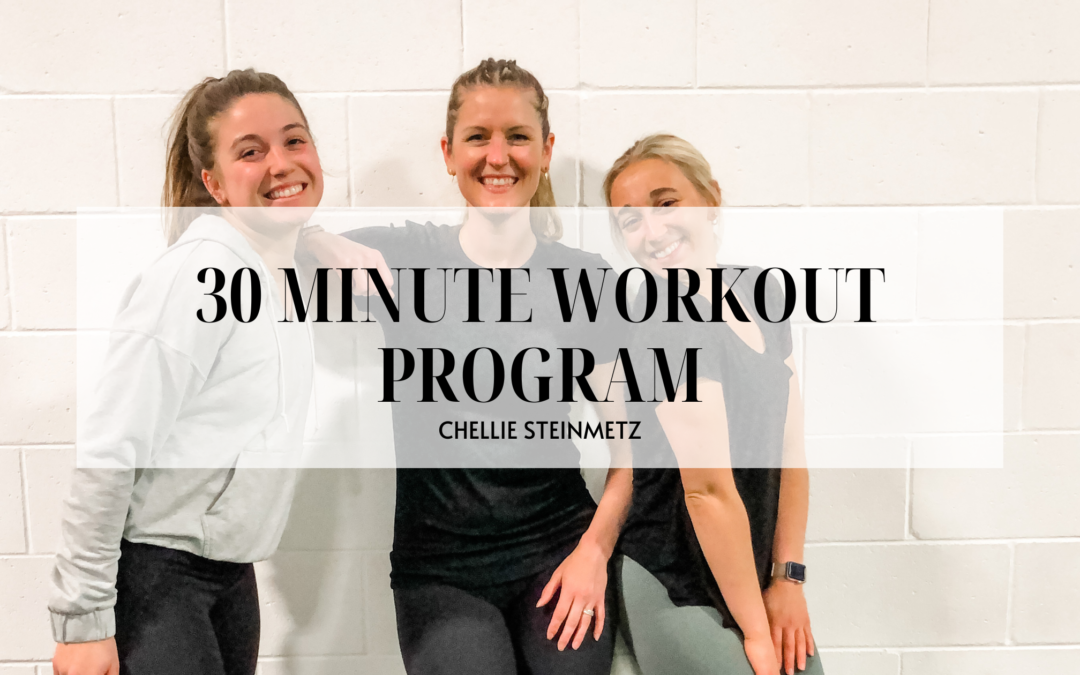


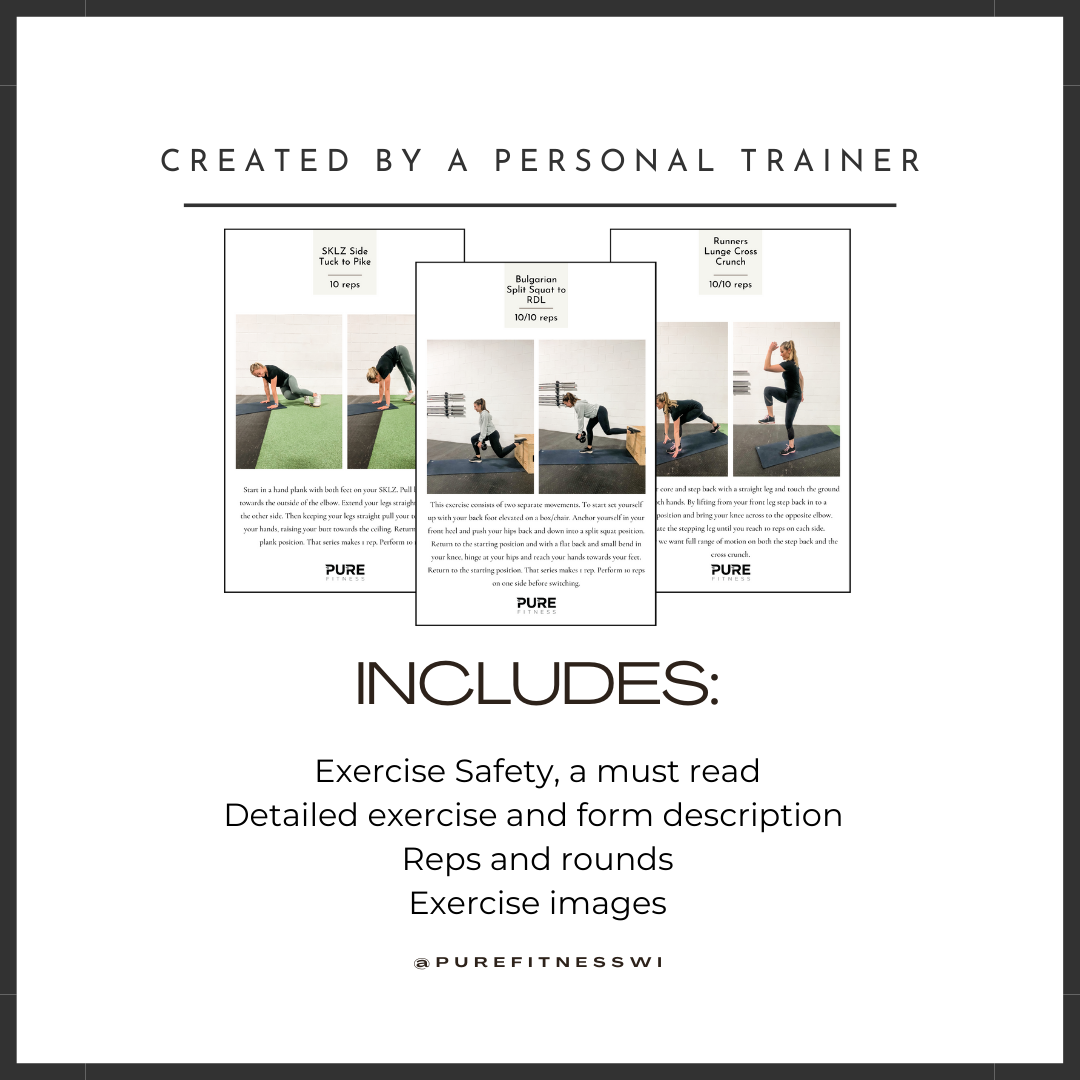
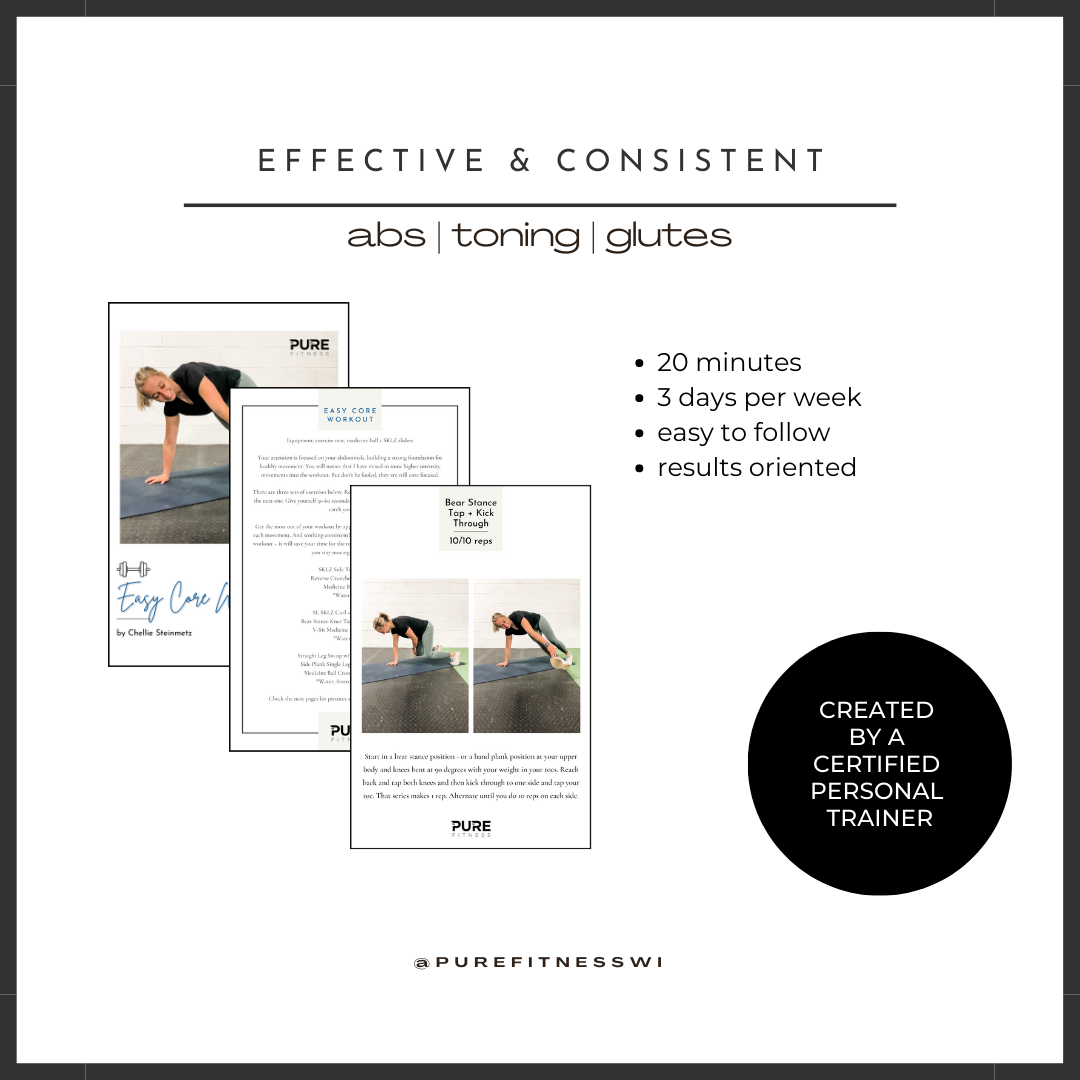

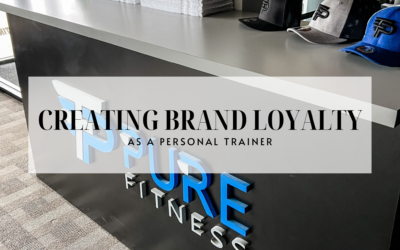
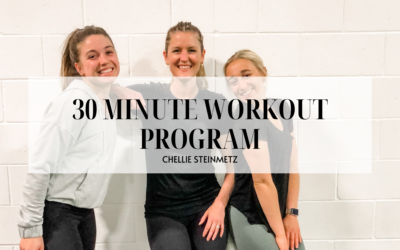
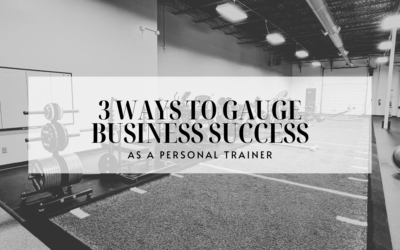
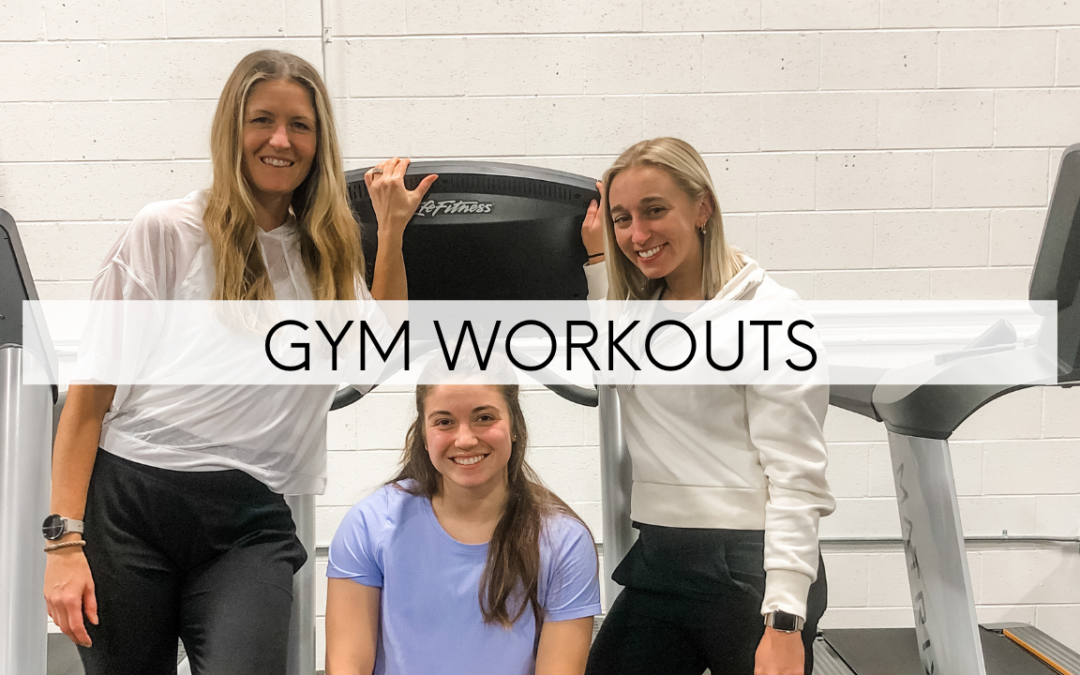
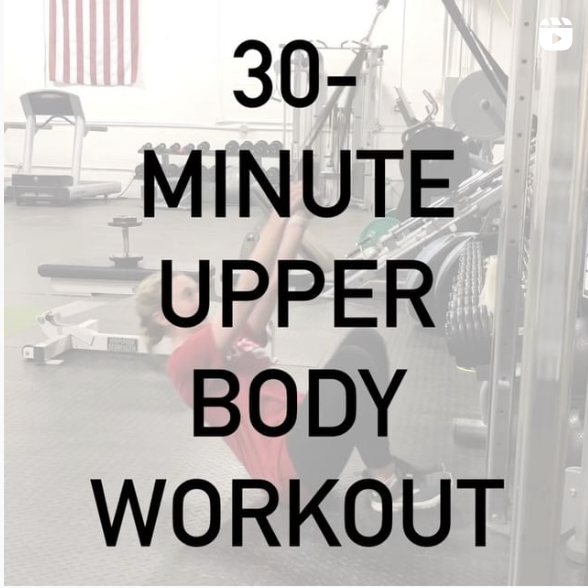
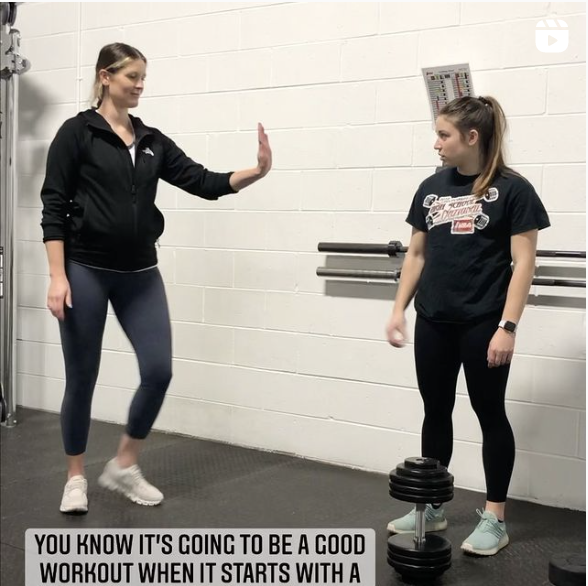
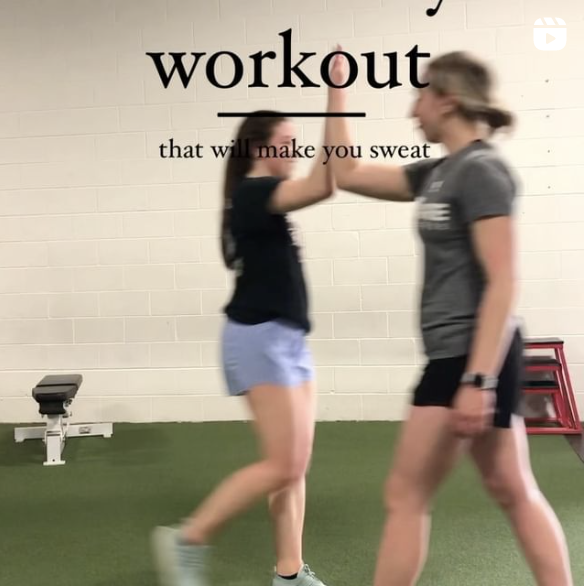
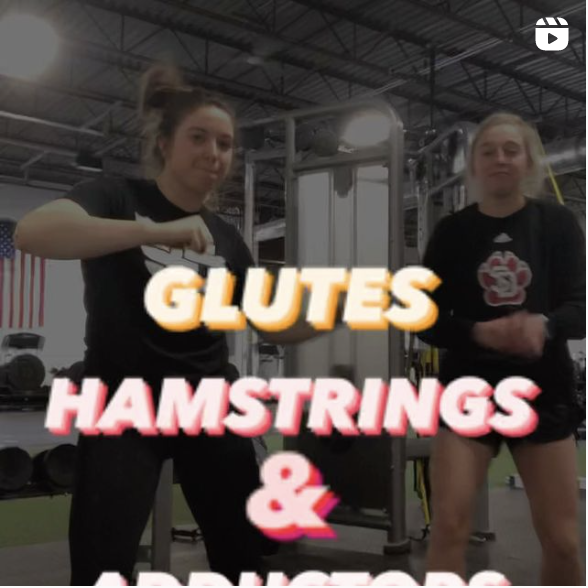
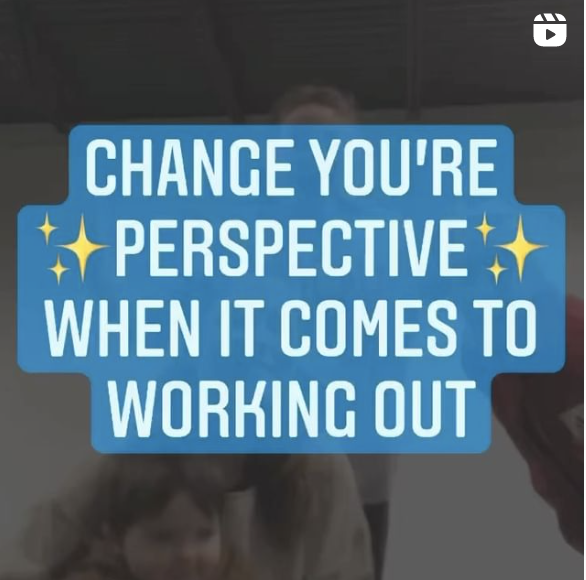
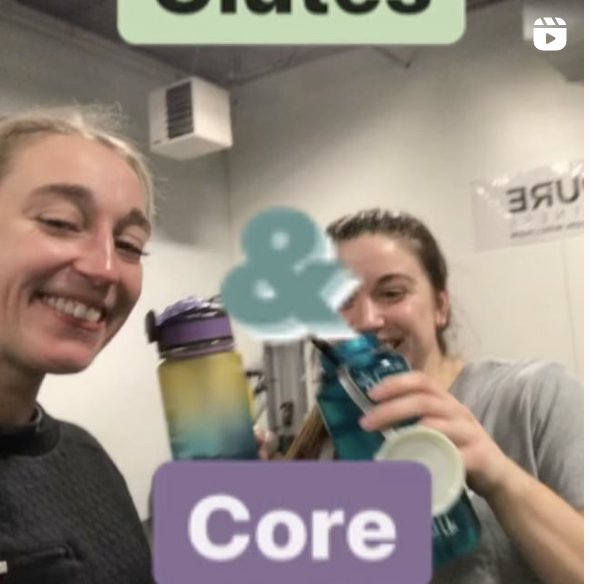
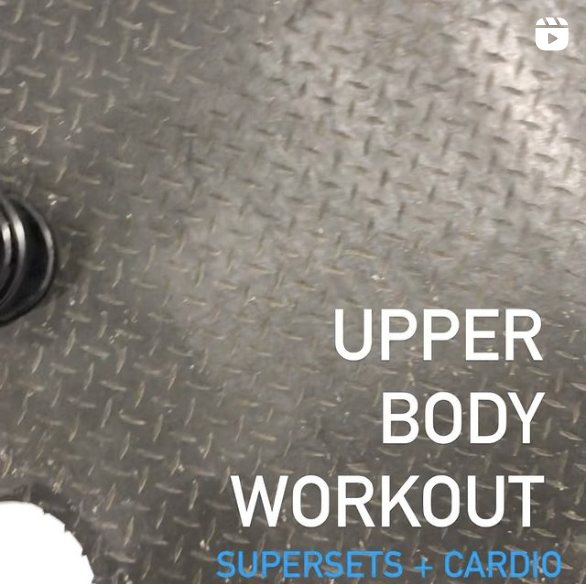
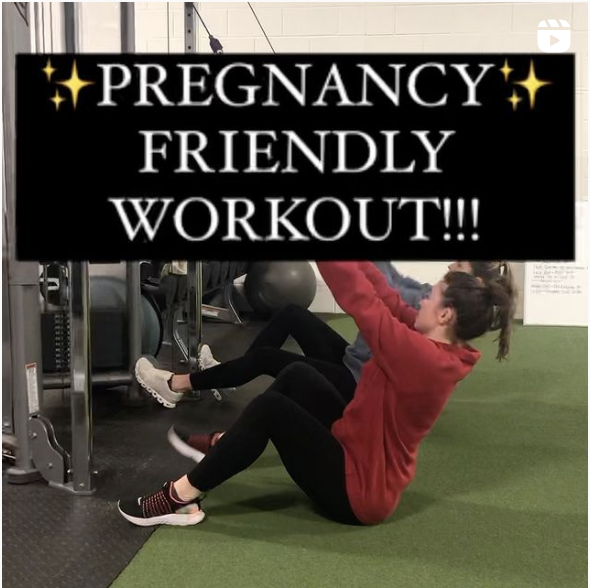
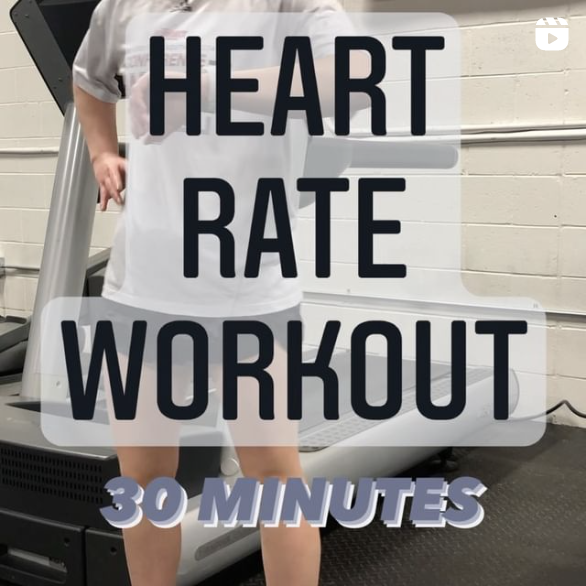
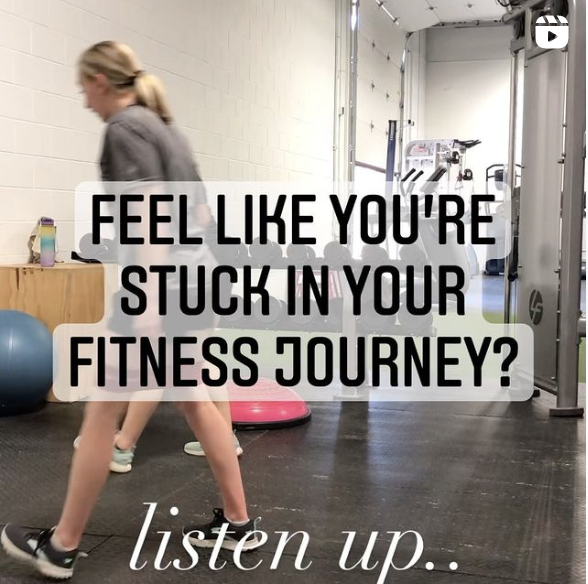
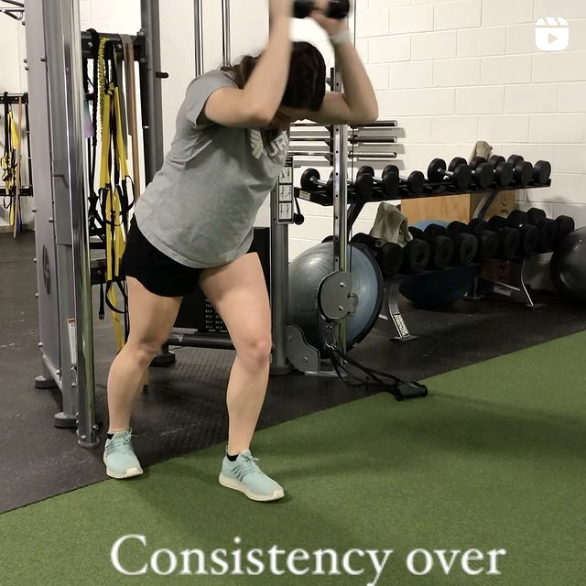
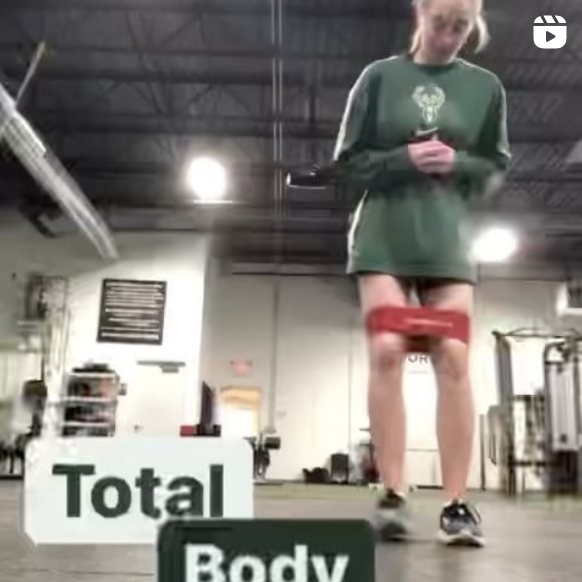
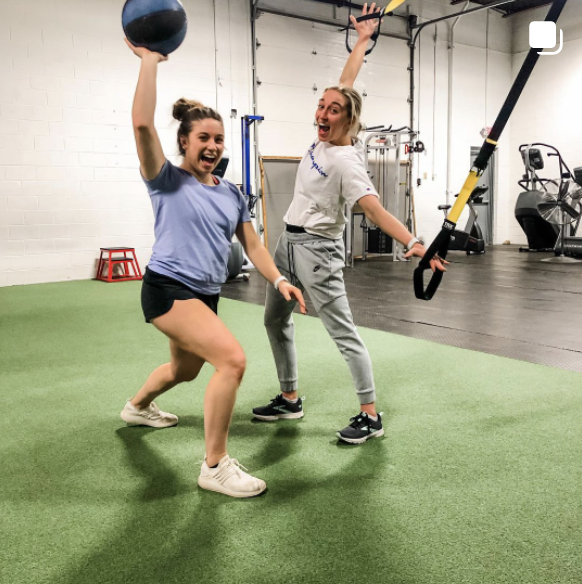
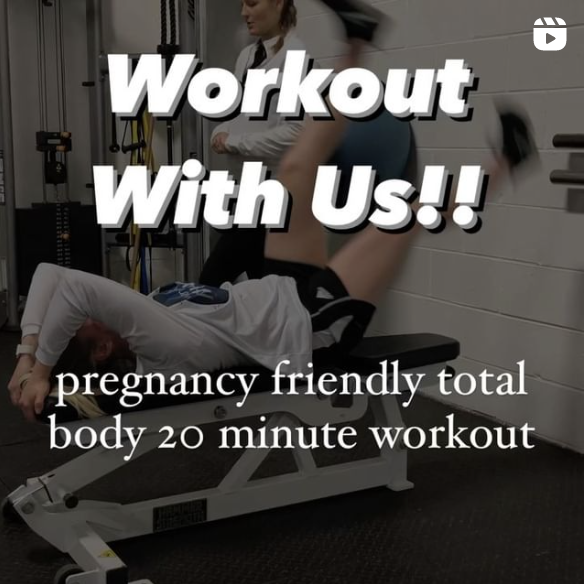
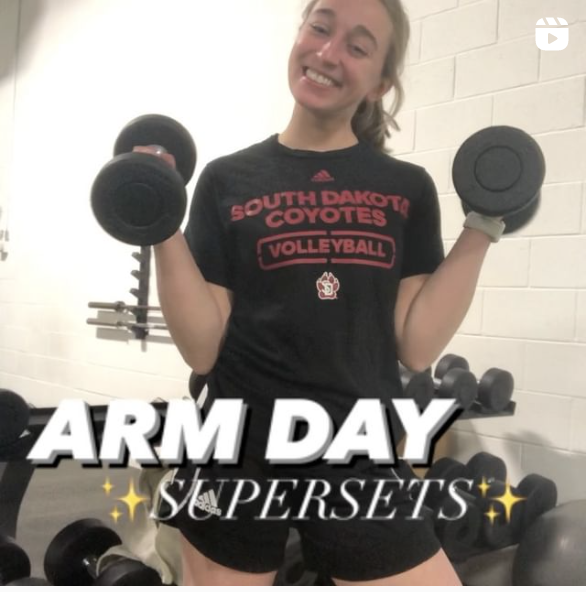
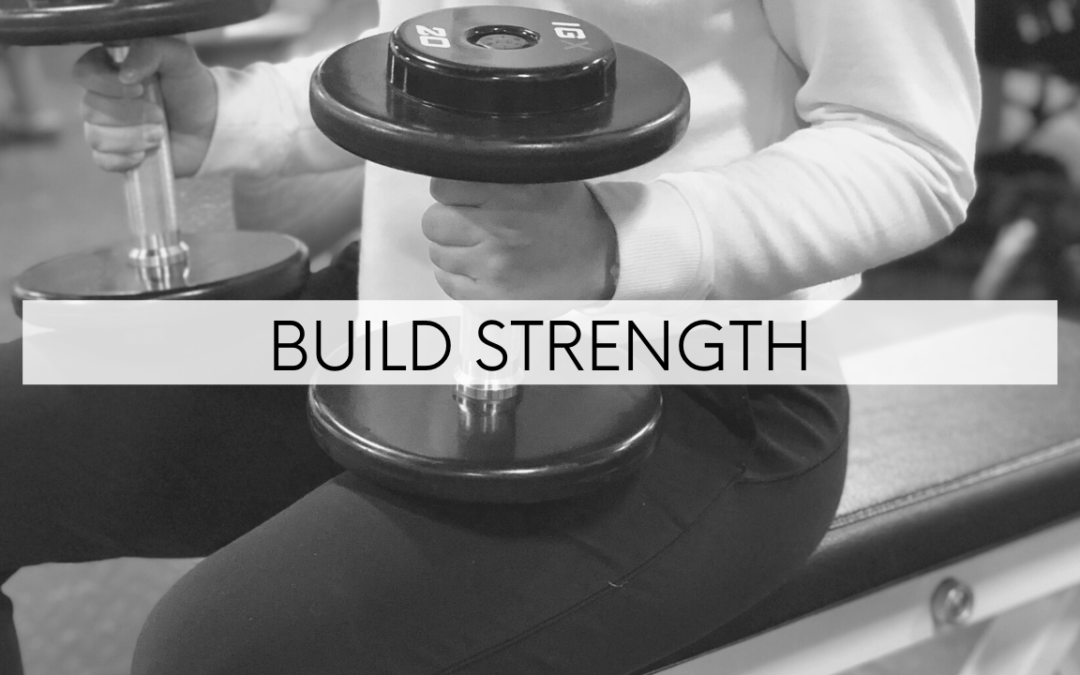
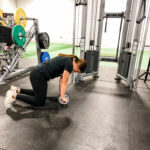
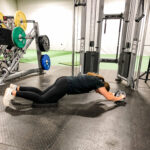
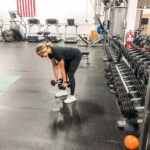
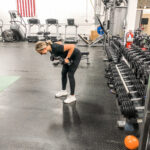
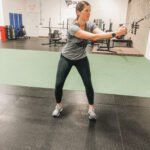
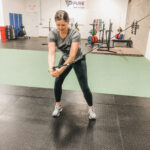
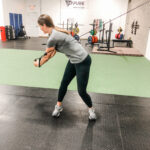
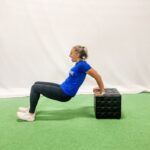
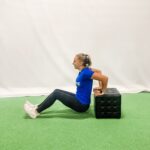
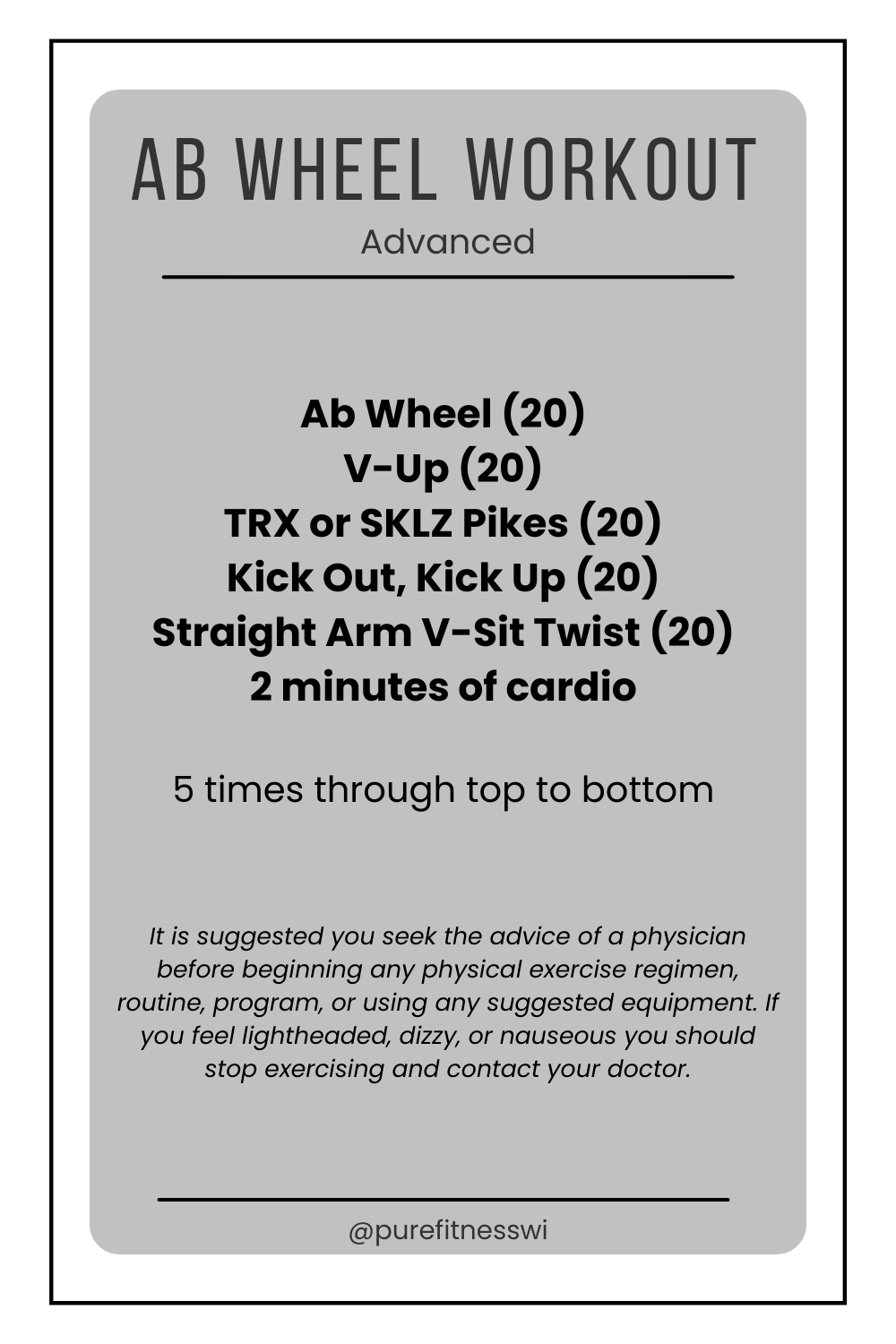
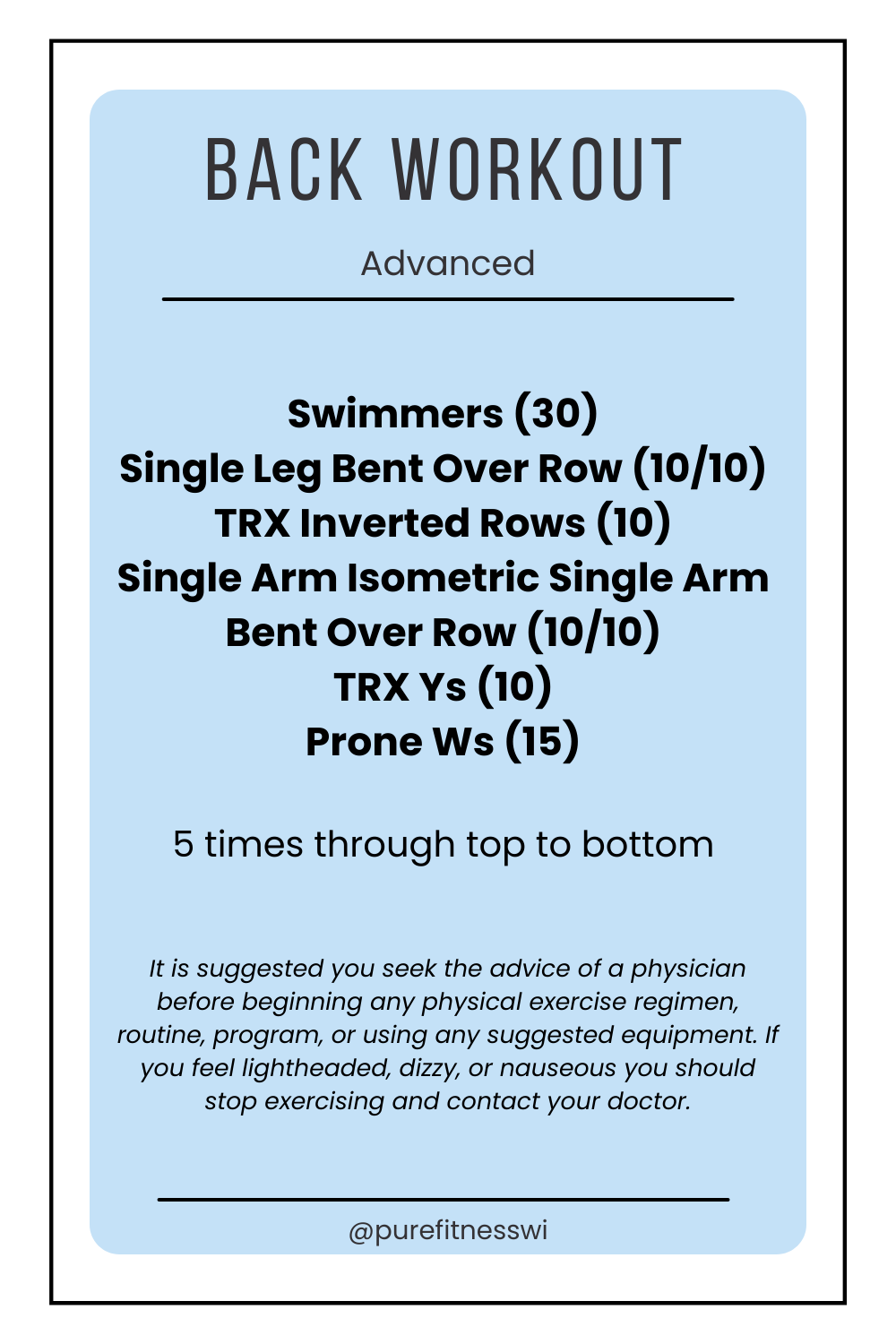
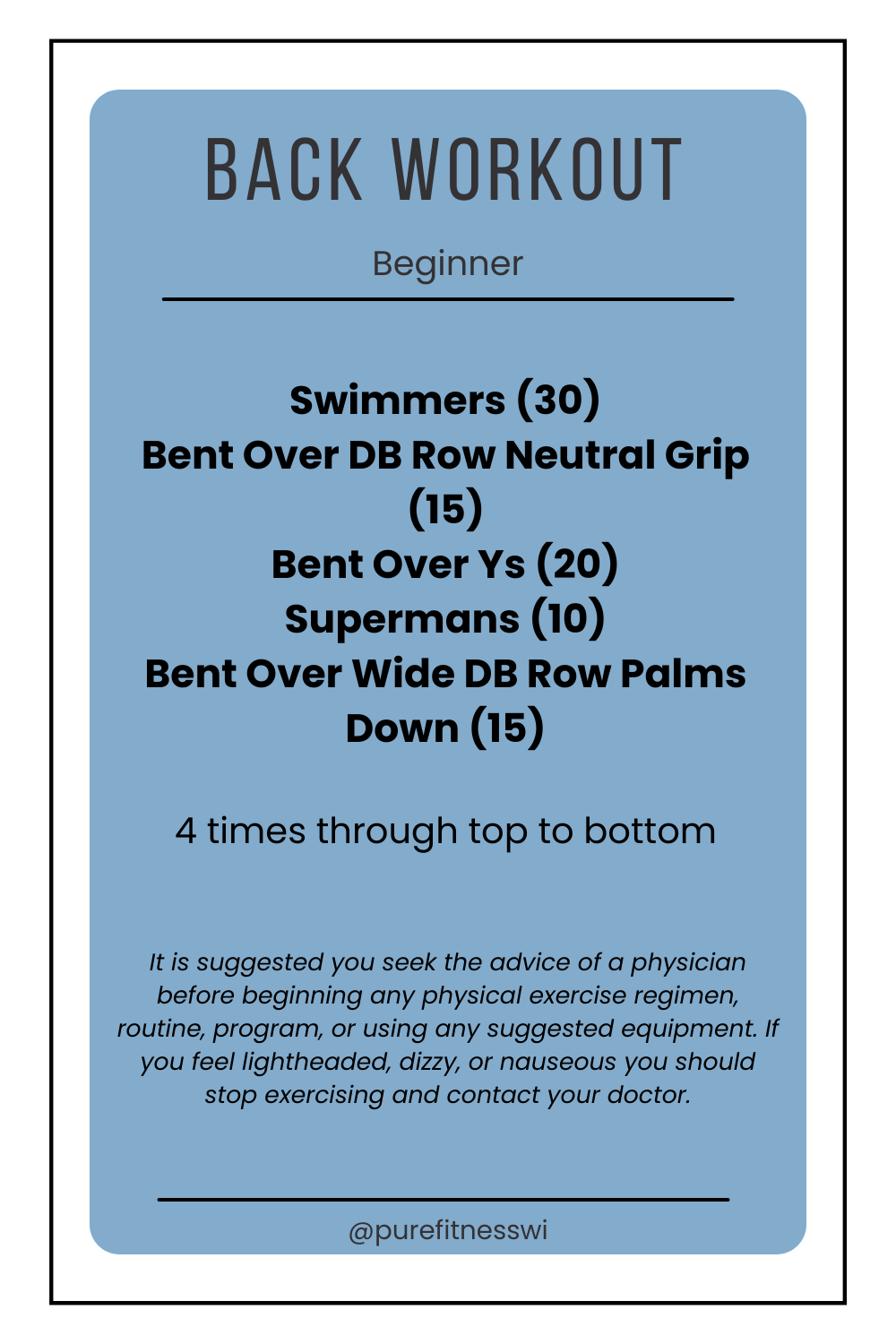
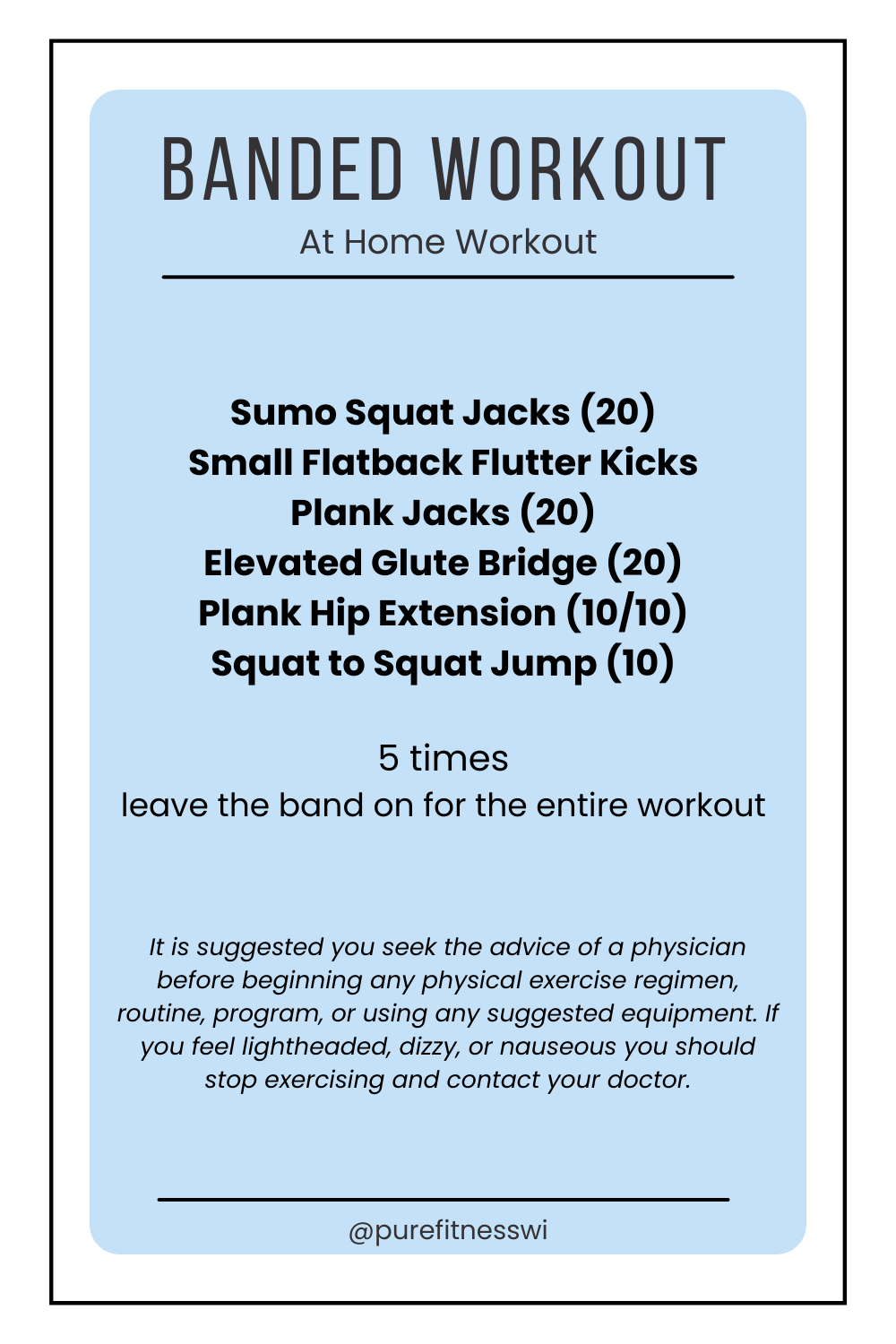
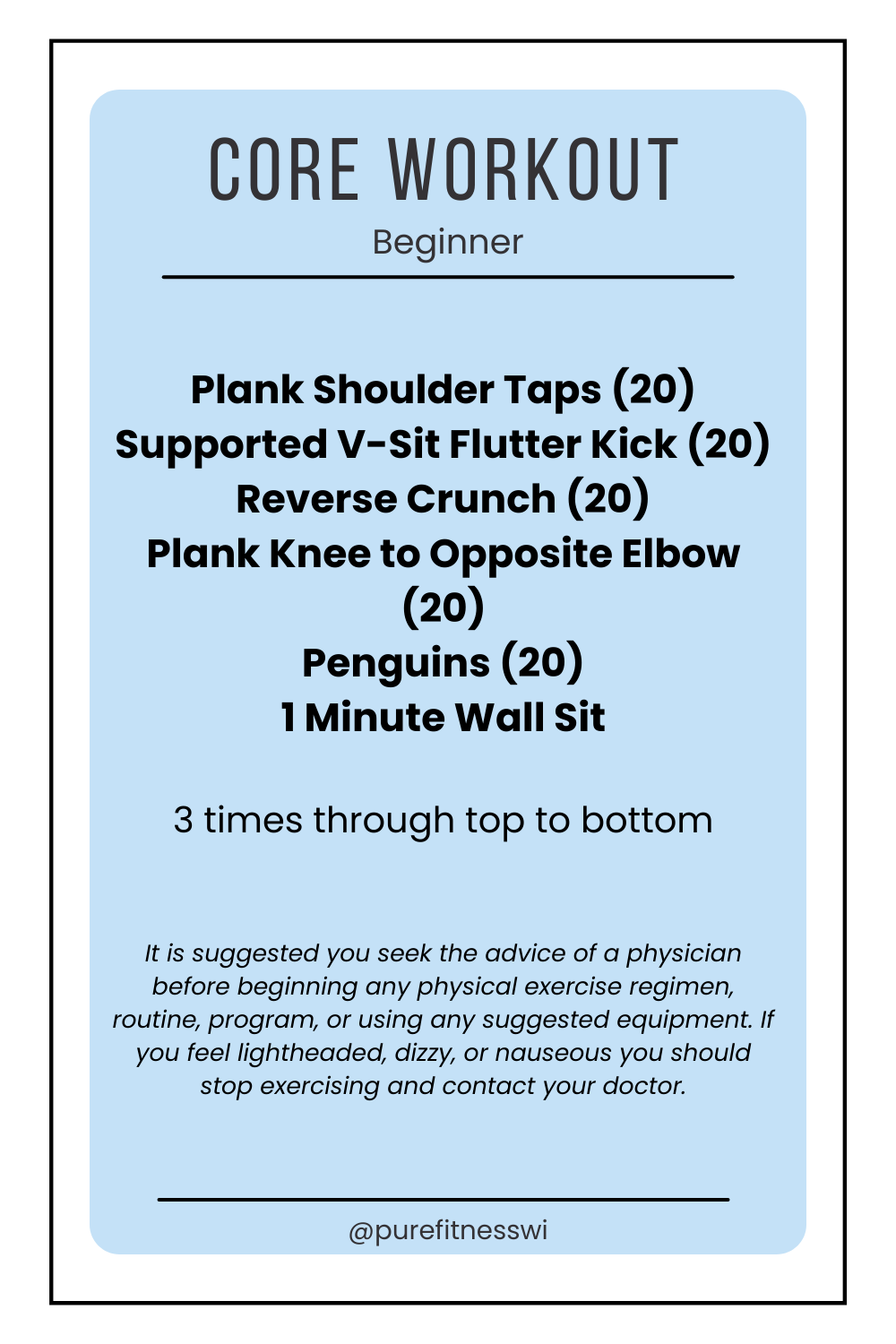
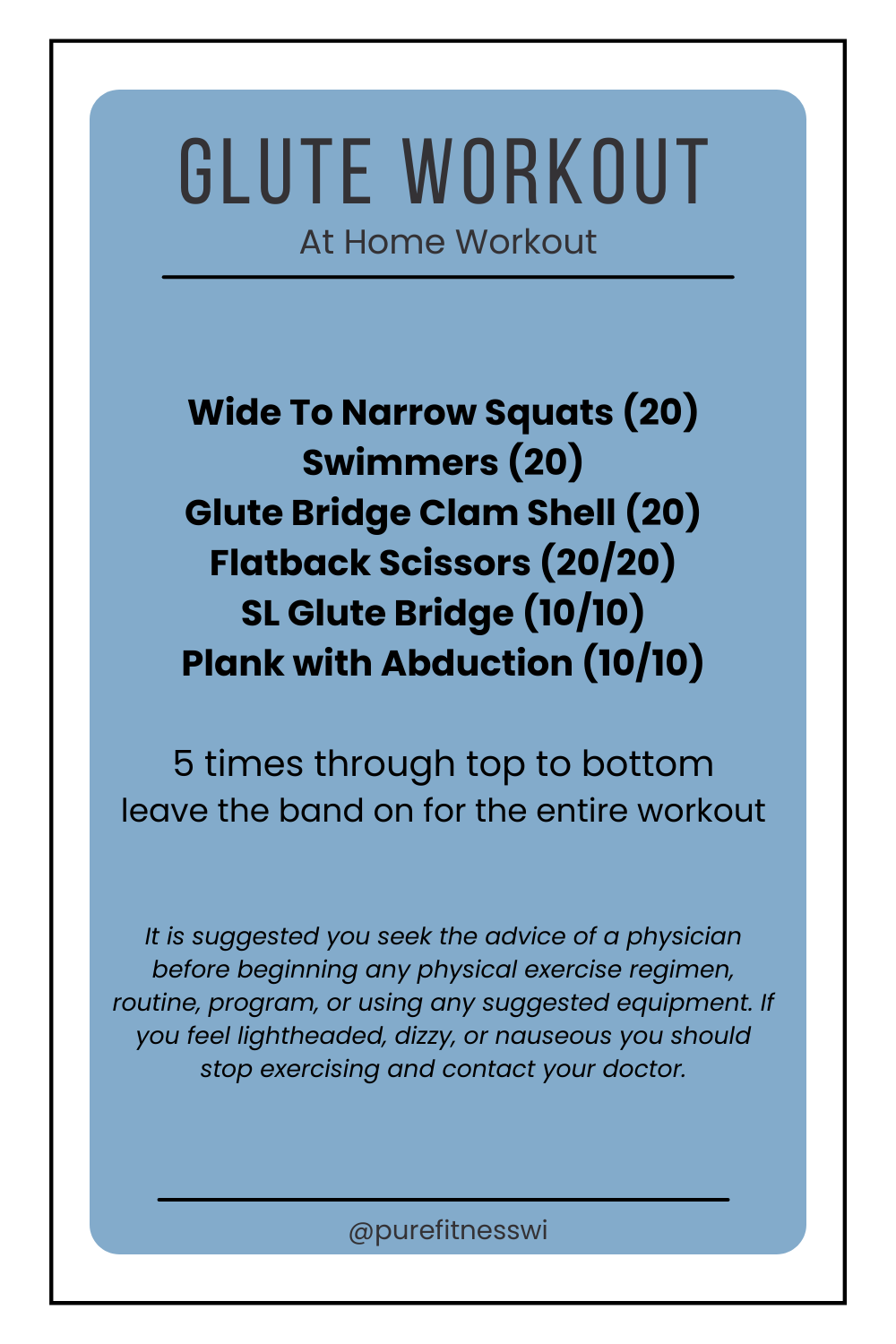
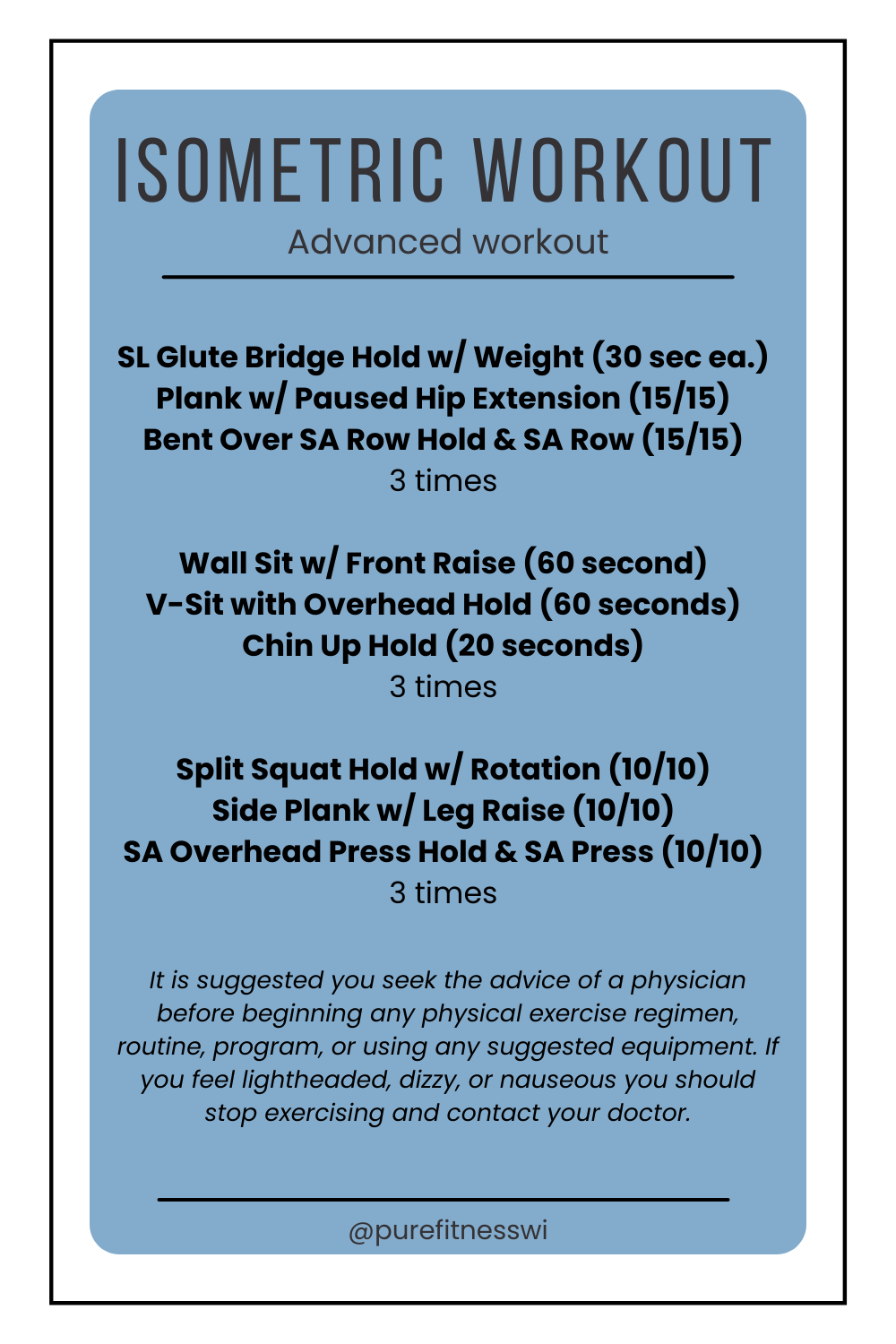
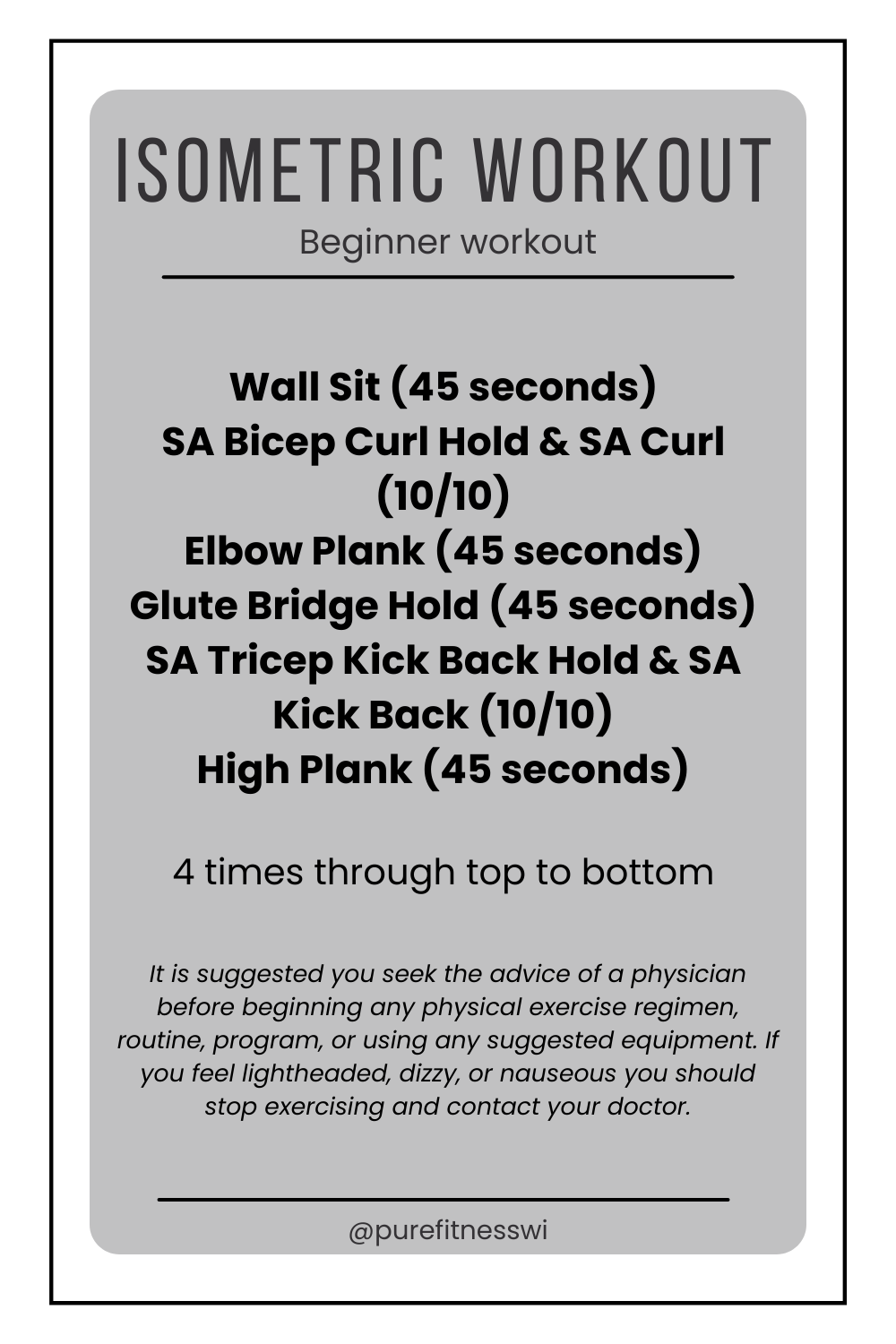
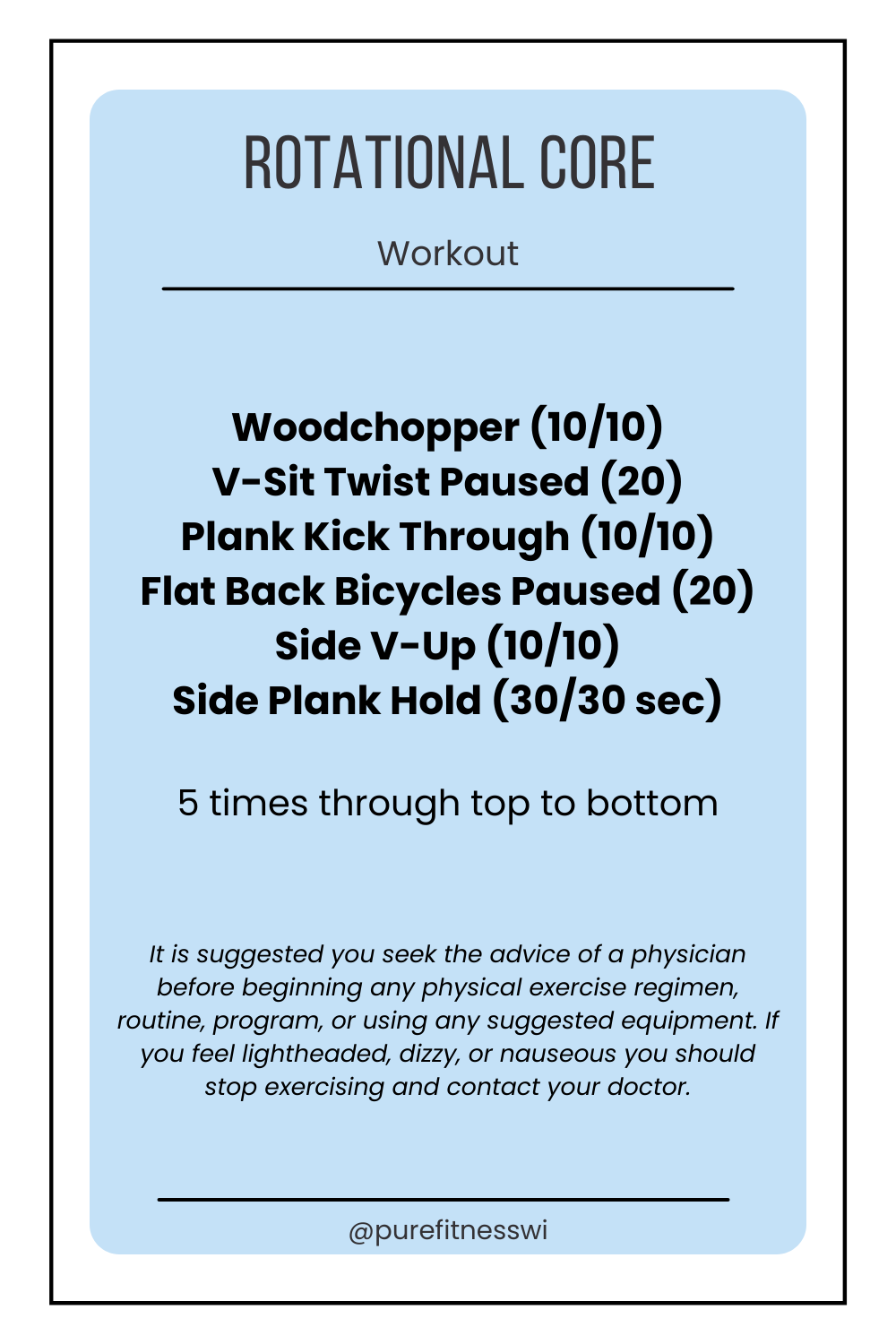
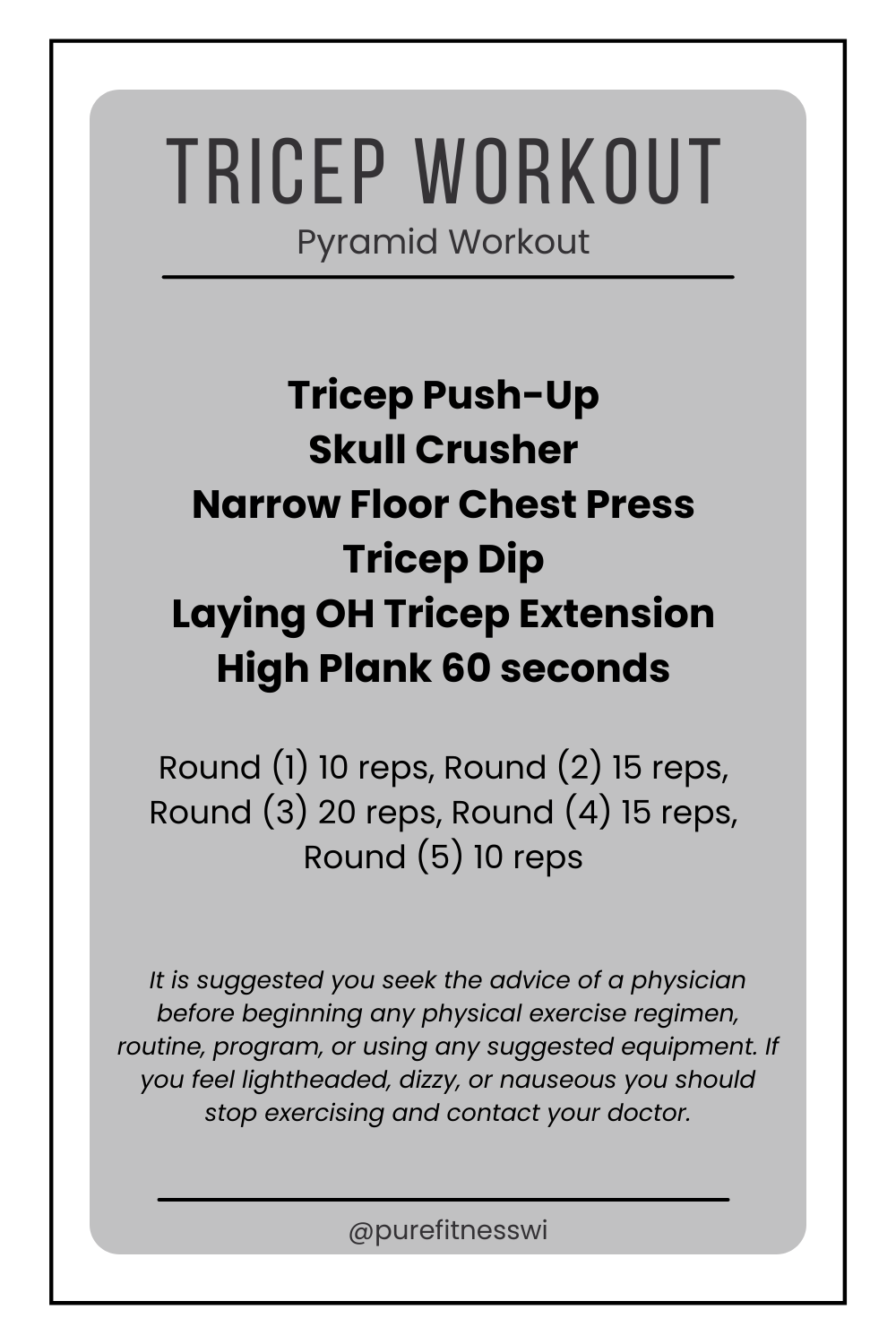





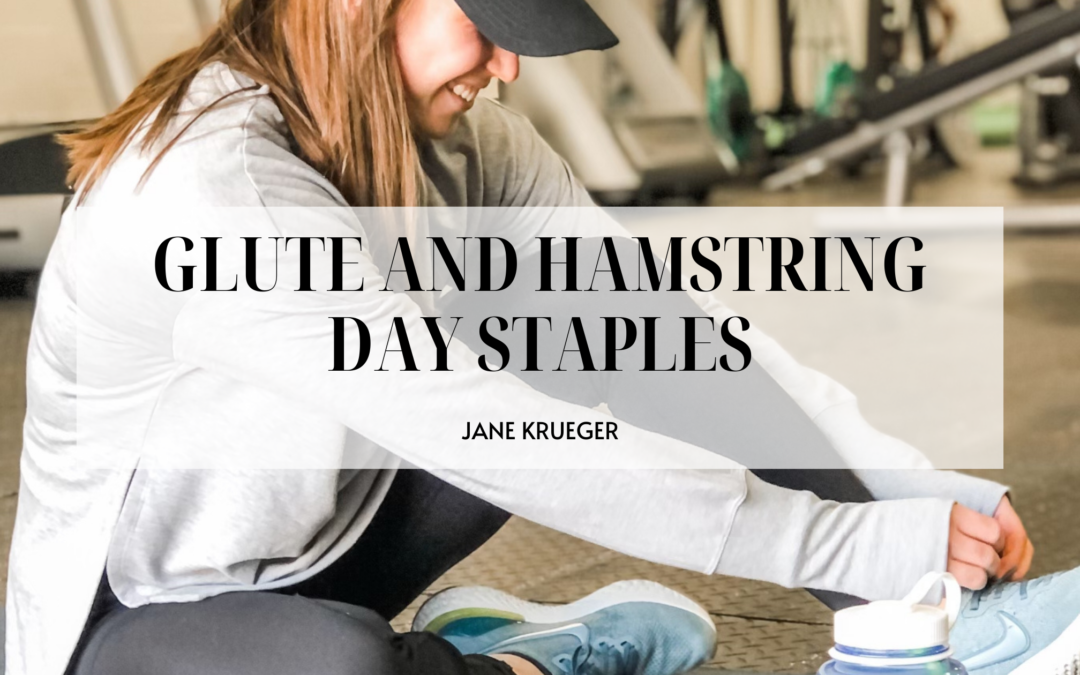

 I run into a lot of clients who have difficulty activating their glutes which can lead to muscular imbalances (due to compensation) and tightness. Establishing a program that focuses on proper glute engagement, stability and then strength will allow you to achieve more. From allowing you to lift more weight, to running faster or longer, to daily tasks like cleaning and gardening.
I run into a lot of clients who have difficulty activating their glutes which can lead to muscular imbalances (due to compensation) and tightness. Establishing a program that focuses on proper glute engagement, stability and then strength will allow you to achieve more. From allowing you to lift more weight, to running faster or longer, to daily tasks like cleaning and gardening.




